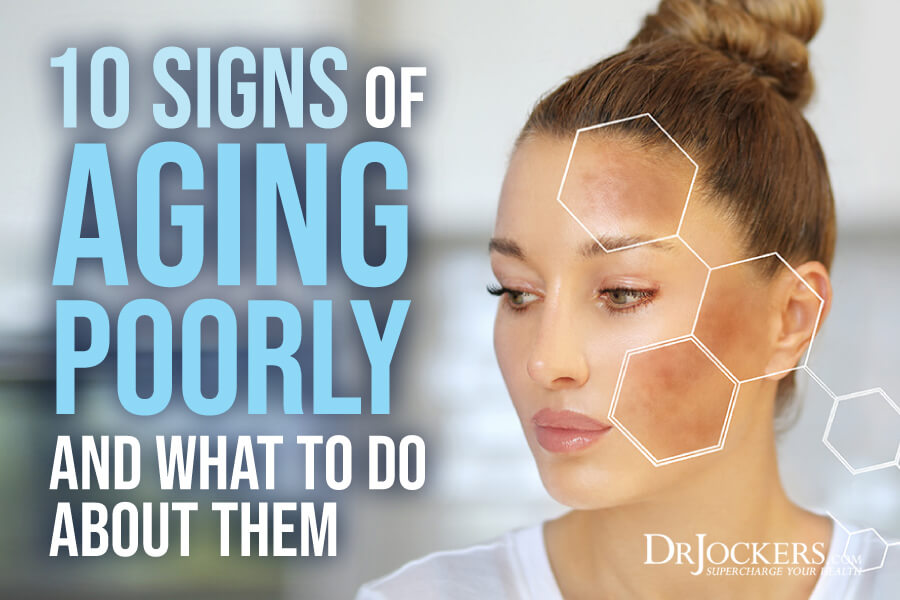 10 Signs of Aging Poorly and What To Do About Them
10 Signs of Aging Poorly and What To Do About Them
Aging is a normal part of life. Aging poorly is not. As we age, we all go through changes. But it doesn’t mean that the changes have to affect your life negatively. Becoming wiser, more emotionally mature, developing new skills, and gaining a bucket full of life experiences are good things.
Raising our kids and grandkids, nurturing our friendships and relationships, and deepening our faith over time is even better. Without the passing of time and aging, they wouldn’t be possible.
Experiencing fatigue, joint pain, forgetfulness, brain fog, bone loss, weight gain, hearing loss, and other issues through aging, however, don’t have to be part of your aging process. Even though society tells us otherwise, these signs are not normal, but signs of aging poorly. Through a healthy diet and lifestyle, you can reduce signs of aging poorly and stay active, energetic, healthy, and happy as you get older.
In this article, you will learn about the importance of healthy aging. I will discuss the most common signs of aging poorly. And I will share my top strategies for healthy aging for the older population. This is an article you want to save and share with your aging friends and family members.
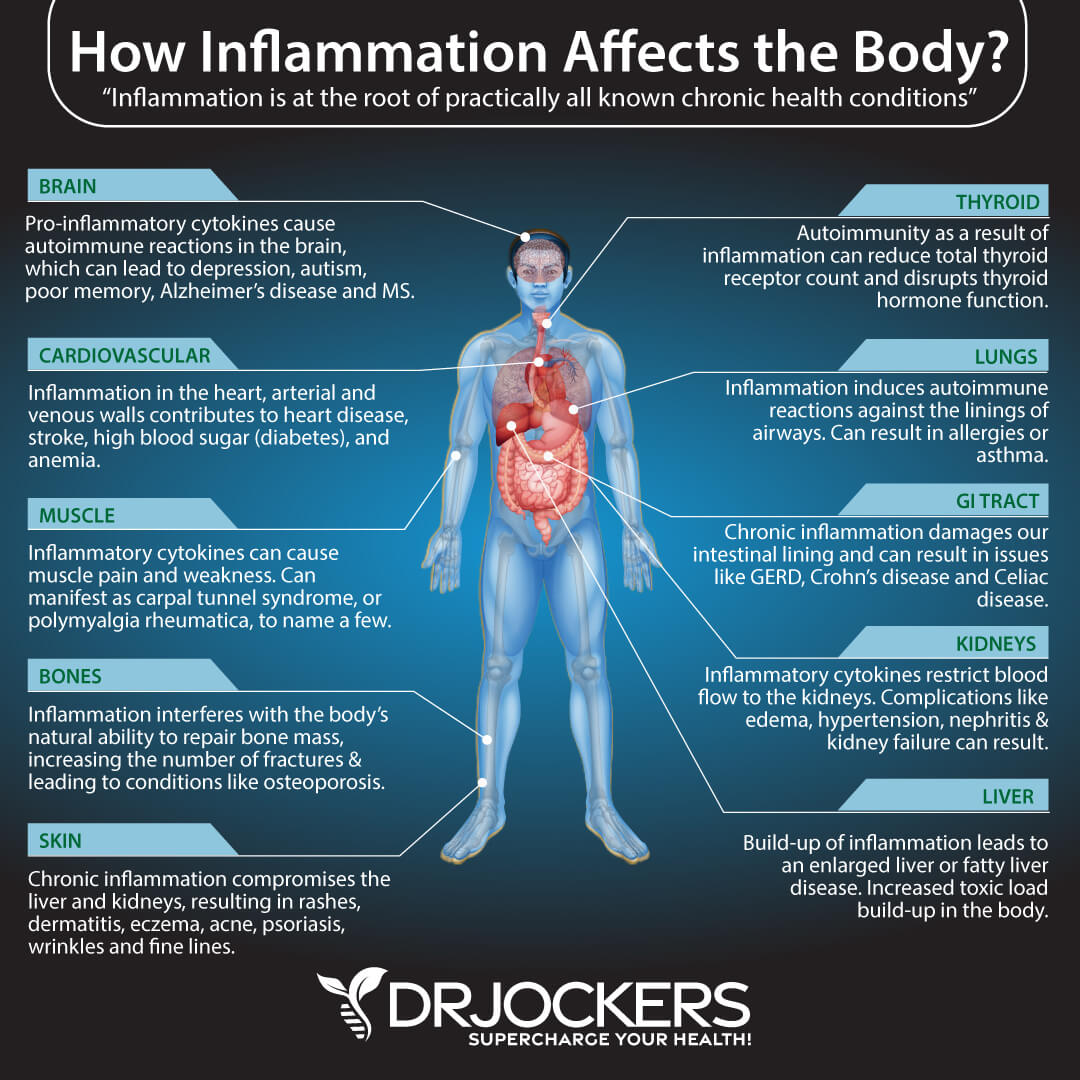
Poor Aging at the Cellular Level
Poor aging is characterized by chronic inflammation that slowly overtime damages major tissues and regions of the body. Every degenerative condition such as diabetes, heart disease, dementia, Alzheimer’s disease, fatty liver disease, cancer, osteoarthritis, osteoporosis, etc. is characterized by chronic inflammation and oxidative stress.
Inflammation and oxidative stress are important parts of the body’s natural healing process and are necessary to prevent infections. However, these mechanisms should be tightly controlled and kept within a certain threshold. When they are constantly amplified by poor lifestyle factors such as bad diet, chronic stress, toxin exposure, poor sleep, and chronic infections, they literally rust our tissues, cells, and organs from the inside.
The term inflammaging, also known as inflamm-aging or inflamm-ageing, refers to an upregulated inflammatory response and a low-grade inflammation throughout the body that develop with advanced age. Inflammaging can accelerate the aging process and may worsen some age-related symptoms and diseases.
When you age poorly, you create excessive oxidative stress within cells that damages the mitochondria and other cellular organelles, and you create senescent or dysfunctional cells. Many researchers have nicknamed these dysfunctional cells “zombie cells,” because they resist death and cause massive problems within our body that accelerate our aging process.

Importance of Healthy Aging
Every year comes a new birthday. Aging is inevitable. It is a normal part of life. Going through changes as you get older is normal. Your body changes. With experience comes wisdom, maturity, and other changes. You change emotionally and mentally. Your career, finances, responsibilities, roles, and priorities evolve as well. Change is absolutely normal.
Maximizing the good parts of aging, maintaining your health, and minimizing any unwelcome aspects is, however, a challenge for many. Aging doesn’t mean that you have to experience poor health. Fatigue, joint pain, poor memory, brain fog, weight gain, and chronic health issues don’t have to be part of the aging process.
Supporting your body, mind, emotions, and spiritual self with a nutrient-dense diet, good sleep, exercise, staying active in your community, and other healthy lifestyle choices can allow healthy aging. Healthy aging will allow you to enjoy a good quality of life even as you get older.
You can enjoy a hike without joint pain, get together with your friends and family without mental fog, play with your grandkids without fatigue, have a conversation without asking them to repeat things louder and do anything you desire without a problem. Supporting healthy aging will set you up for an active, energized, healthy, and happy life regardless of your age.
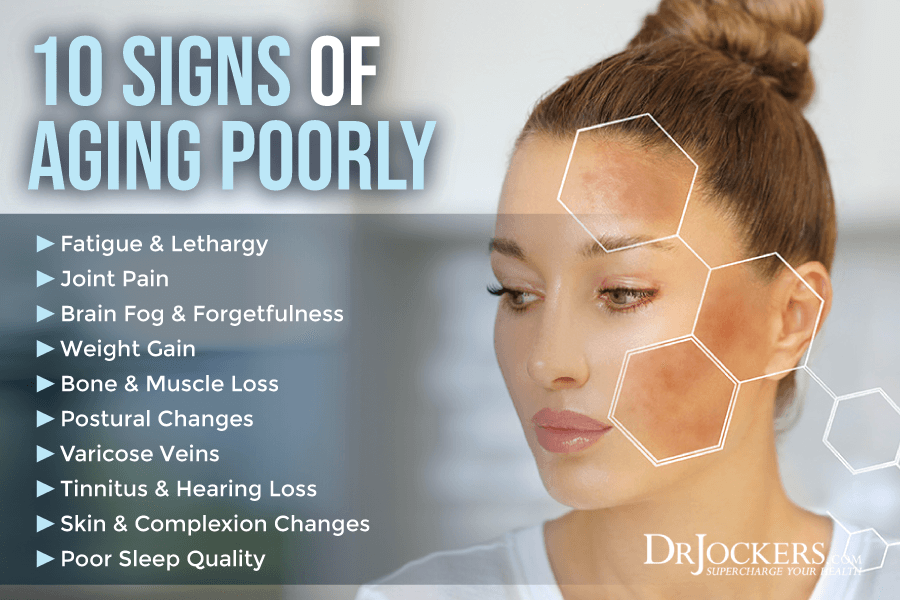
10 Signs of Aging Poorly
Healthy aging is possible. However, there are 10 signs of aging poorly that society deems normal. Fatigue, joint pain, brain fog, forgetfulness, weight gain, bone loss, and other so-called age-related health issues, however, are not normal. They are signs of aging poorly. Let’s look at the top 10 signs of aging poorly.
Fatigue & Lethargy
Experiencing fatigue and lethargy are two common signs of aging poorly. While not being able to do quite as much as in your 60s or 70s as in your 20s is normal, experiencing serious fatigue is not normal. Yet older people commonly experience physical fatigue, mental and emotional fatigue, and general lethargy that prevents them from doing things they once enjoyed.
According to the National Institute on Aging, older people may experience physical fatigue because of changes in sleep, pain, medications, infections, chronic diseases, such as diabetes, heart disease, kidney disease, liver disease, or thyroid issues (1). They may develop emotional fatigue and lethargy because of anxiety, depression, loneliness, grief, stress, and feeling a loss of control over life (1).
A 2018 study published in Frontiers in Psychology has found that poor sleep, non-restorative sleep, and sleep problems can contribute to fatigue in older people (2). Getting restorative sleep, on the other hand, may reduce fatigue. A 2017 study published in the International Journal of Psychophysiology has found that mental fatigue, such as a decrease in alertness, performance, and cognitive activity, can increase with age (3). However, as you learn, with a healthy lifestyle, you can keep your physical and mental energy through old age.
On the cellular level, fatigue and lethargy are signs of mitochondrial dysfunction. The mitochondria produce energy within our cells and act as energy sensors to turn on and off energy production based on the needs of the body. When the body is stressed, the mitochondria stop producing as much cellular energy and oxidative stress starts to rust them and create dysfunctional mitochondria and senescent cellular function.
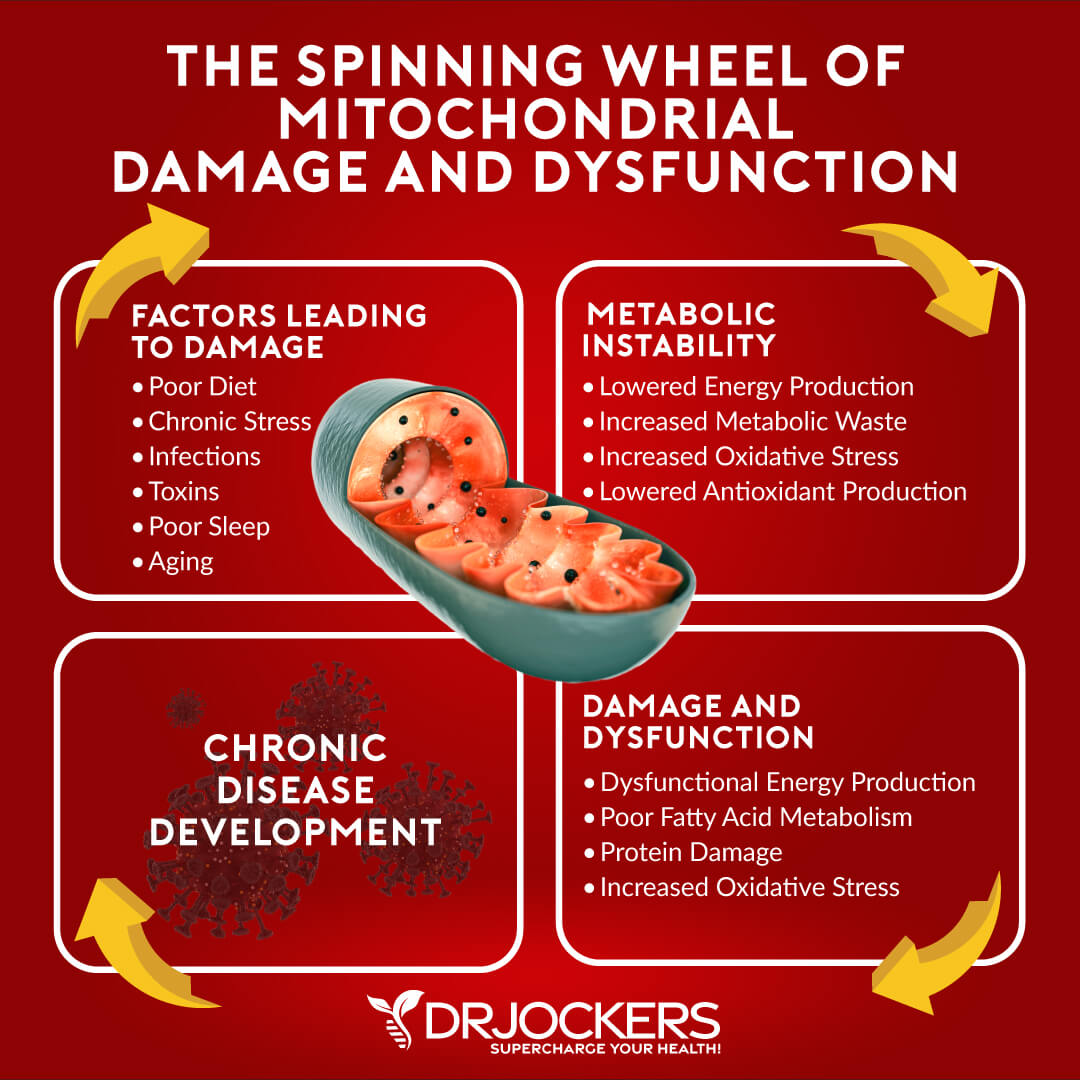
Joint Pain
Joint pain is another problem that we often chalk up as a normal sign of aging. Waking up in the morning with aching joints, feeling weather changes in your joints, being unable to climb up a flight of stairs without pain, or being unable to take a leisurely walk without joint pain are signs of aging poorly.
A 2011 study published in Age and Ageing has found that joint pain and arthritis are common problems in the elderly over 85 years old. It affects the quality of life of the older population and is a common reason behind disability (4).
A 2010 study published in Clinical Geriatric Medicine has explained that age-related musculoskeletal changes, joint pain, and osteoarthritis are common because of increased cytokine and chemokine activity in the joints, abnormal biomechanics, obesity, joint injuries, genetics, and inflammation (5). Beyond potential genetic factors, all these issues can be improved.

Brain Fog & Forgetfulness
One of the main concerns when it comes to aging is forgetfulness, memory loss, and thinking or cognitive abilities. According to the National Institute of Aging, mild forgetfulness may be normal, but other memory and cognitive problems can be signs of a more serious problem.
Asking the same question over and over, feeling confused about people, places, dates, or daily events, misplacing or losing things constantly, being unable to follow directions, constantly looking for words, forgetting about commitments, having trouble following conversations, losing track of dates, being unable to take care of bills or other responsibilities may be signs of dementia or mild cognitive impairment (6).
According to a 2020 study published in JAMA, older people may experience memory loss because of endocrine issues, neurological health problems, nutritional deficiencies, autoimmune conditions, infections, psychological issues, sleep problems, vision or hearing loss, medication side-effects, or long-term use of alcohol or medications (7).
As you can see, age itself is not the issue in these cases, but underlying health, lifestyle, or nutritional issues. These underlying issues may be improved or prevented through lifestyle, nutritional, and other support strategies.
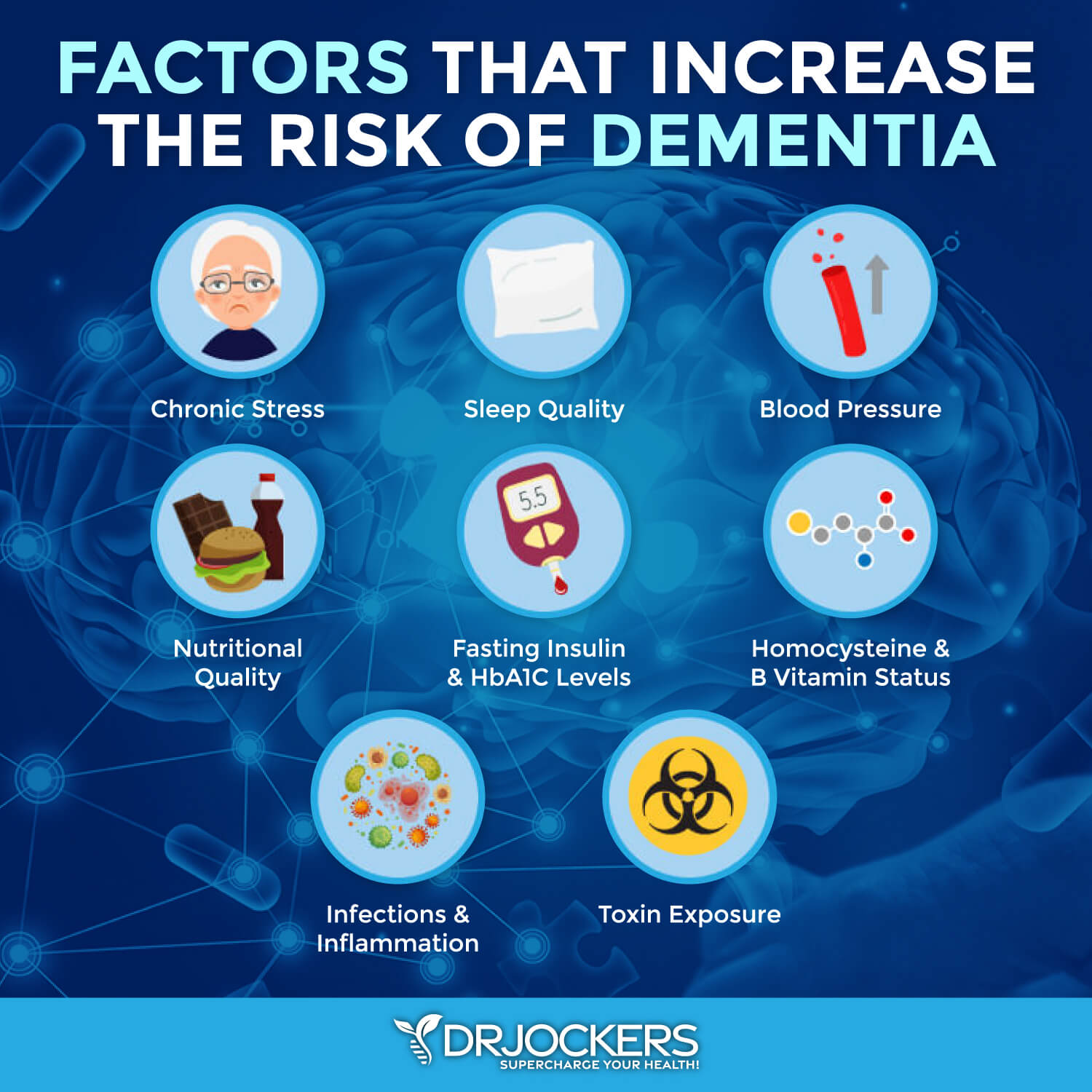
Weight Gain
As a society, we almost expect weight gain as we age. Sure, you won’t look like 20 at 50 or at 80, but it doesn’t mean that you have to carry extra weight. Maintaining a healthy weight even at old age is important and possible. Being overweight or obese or carrying excess belly fat may be signs of aging poorly.
According to a 2006 study published in the International Journal of Obesity (London), weight gain related to aging often occurs due to changes in an exercise routine (9). A lack of motivation, fatigue, health issues, and pain can prevent older people from exercising as much as they were used to. Reducing exercise while following the same calorie-dense diet or even replacing exercise with mindless snacking can easily lead to some extra pounds.
A 2019 study published in Nature Medicine has also found that adipose lipid turnover changes as we get older which may affect our body weight (10). Additionally, increased inflammation, increased stress levels, health issues, and changes in diet can contribute to weight gain as well.
While you cannot control all the changes in your body, following a nutrient-dense diet, fueling your body without overeating, moving your body, and following a healthy lifestyle can reduce the risk of weight gain and help you maintain a healthy weight throughout the aging process.

Bone and Muscle Loss
Bone and muscle loss are also common signs of aging that many view as inevitable issues. Age-related muscle loss is called sarcopenia. On the one hand, it is a normal part of aging. After around the age of 30, you start losing some muscle mass, about 3 to 5 percent per decade. Loss of bone mass, or osteopenia, or osteoporosis are also common. According to a 2018 study published in the Journal of Biomedicine, muscle and bone loss increases the risk of weakness, lower mobility, mobility limitations, less independence, falls, and fractures with age (11).
You may develop bone and muscle as you age for a variety of reasons. According to a 2012 study published in the Therapeutic Advances in Musculoskeletal Disease, hormonal changes such as estrogen decrease can contribute to bone loss as we age (12). Reduced testosterone levels can contribute to a loss in muscle mass, especially in men.
A 2015 study published in the Journal of Cellular Physiology has found that insulin resistance, fibrosis, problems with neural activation, smoking, reduced physical activity, and a poor diet may also play a critical role in the risk of developing muscle and bone loss while aging (13). These health and lifestyle factors are all aspects of your life that you can improve on to preserve muscle and bone health throughout the aging process.
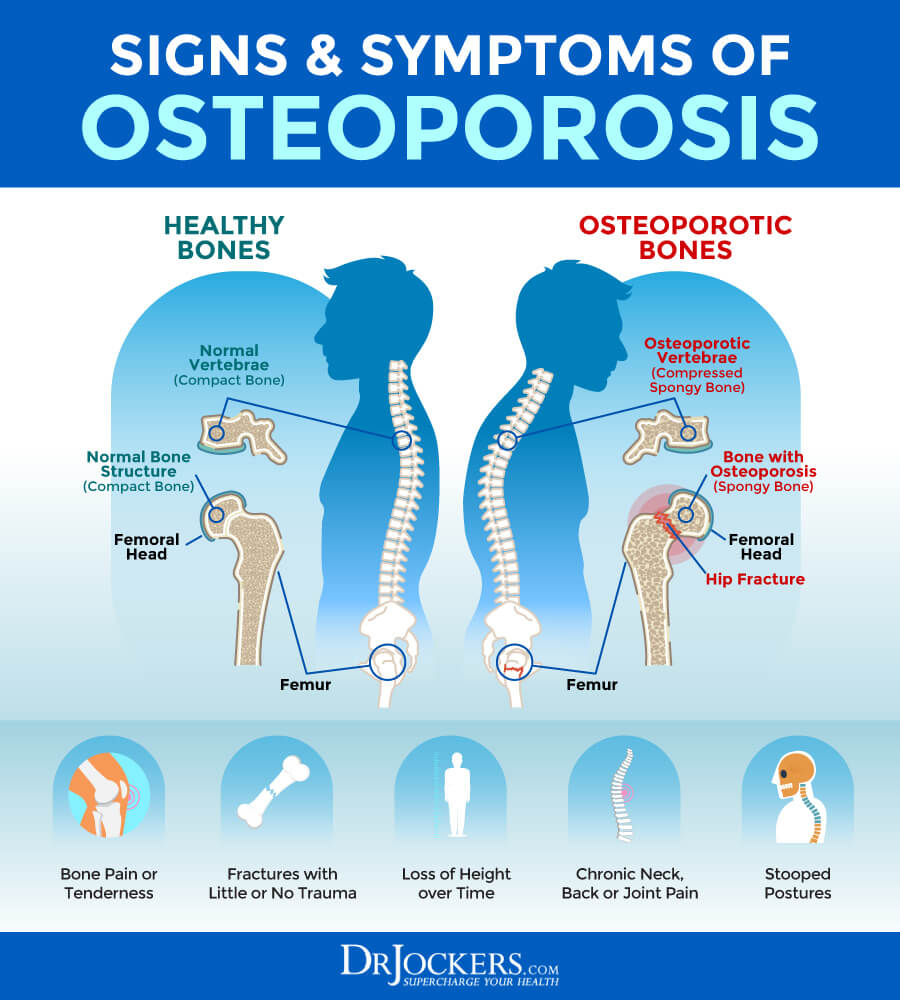
Postural Changes
Being unable to stand up straight as you were once used to and experiencing postural changes, such as humpback, a forward head posture, and a curved spine, are normal as we age. While humpback or kyphosis may only cause mild discomfort or no symptoms in some, in others, it can lead to breathing difficulties, balance issues, pain, mobility issues, and problems performing daily tasks. Many older people need a cane or other supportive products to help them move.
According to a 1992 study published in Aging (Milano), postural changes often result in balance and mobility issues in older adults (14). The paper explains that a posterior hip position, muscle deterioration, and bone loss can all contribute to these changes.
A 2016 study published in Frontiers in Aging Neuroscience has found that poor postural control, a lack of dynamic tasks, and muscle fatigue can contribute to age-related postural issues (15). Dynamic tasks after a static stance, such as sitting in front of a computer, however, can help. Physical therapy, bodywork, strength training, and practicing good posture can help to reduce the risk of postural changes.
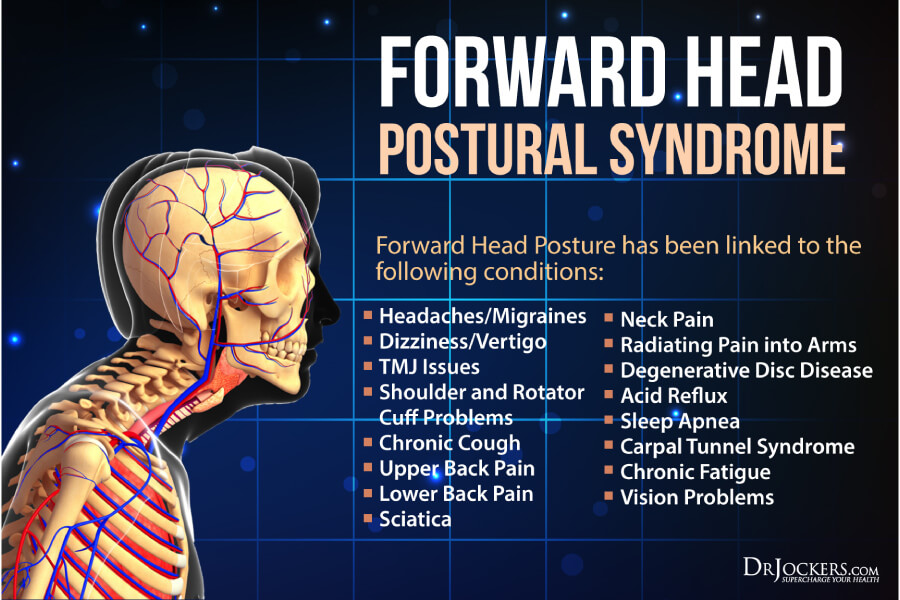
Varicose Veins
Varicose veins are swollen, twisted veins caused by weak or damaged vein walls and valves. They occur under the skin, usually in the legs. Along with obesity and pregnancy, aging is one of the major risk factors for varicose veins.
A 2010 cross-sectional population study published in Phlebology has found that varicose veins are very prevalent in older people. 57 percent of females and 63.2 percent of males of the 792 participants between ages 60 and 97 had varicose veins (16).
According to the study, the main causes of varicose veins in older people were obesity, hypertension, and deep vein thrombosis. The risk of varicose veins also increases by age. However, these health-related risk factors can be reduced or prevented through a healthy diet and lifestyle.
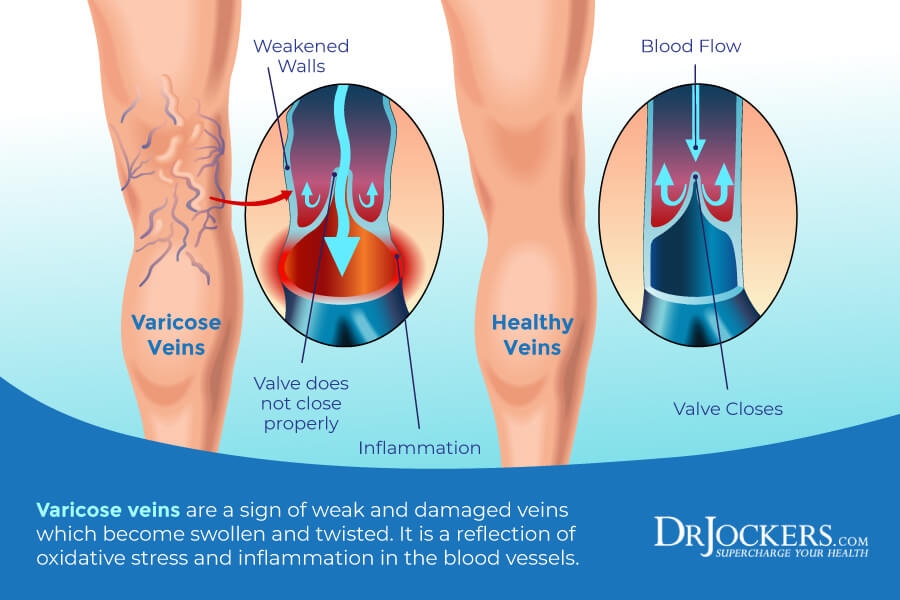
Hearing Loss & Tinnitus
Hearing loss and tinnitus are also common signs of aging poorly. Hearing loss is a common problem many people are embarrassed about. Many people start to have trouble understanding a conversation, understanding a conversation over the phone as they age. They may need to ask people to speak up or repeat what they said, turn on the volume, or pretend that they understood what they were told.
According to a 2020 study published in Trends in Neurosciences, age-related hearing loss may be related to neurodegeneration and brain-related problems (17). A 2019 study published in Ear and Hearing has found that chronic systemic inflammation may contribute to hearing loss in those over the age of 60 (18).
Tinnitus is characterized by ringing in the ear that may occur in one or both ears. It is increasingly common with aging. According to a 2016 review in Noise Health, about 15 percent of people between 40 and 80 have tinnitus, with the highest prevalence in those over 60 (19).
A 2019 study published in the International Journal of Audiology has found that chronic inflammation and inflammatory processing may play a role in both tinnitus and hearing loss in older people (20). Since chronic inflammation can be reduced through natural strategies, the risk of tinnitus and hearing loss may also be decreased through these means.
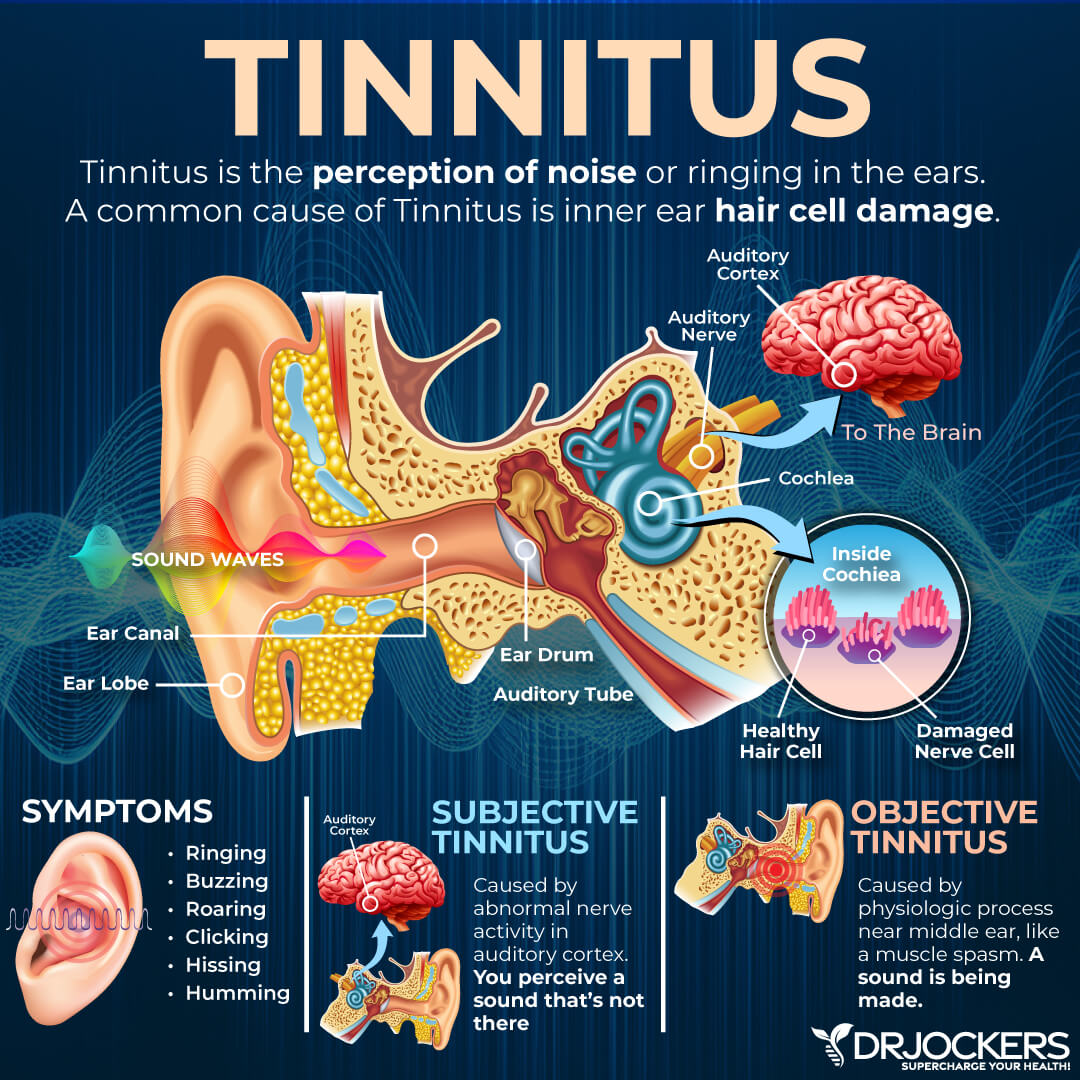
Skin and Complexion Changes
With aging, your skin and complexion change as well. Your epidermis, the outer layer of your skin, thins out. The number of melanocytes or pigment-containing cells also reduces. The remaining melanocytes change in size as well; they become bigger. As a result, your skin will start to look paler, more translucent, and thinner.
Because of ultraviolet (UV) light damage from the sun over your life, melanin production increases. This will result in age spots over time. As you age, collagen production in your body decreases, and you start to lose collagen and tend to lose fat in your face as well. This will result in sagging skin and wrinkles. Weight changes, natural facial movements throughout your life, and sun damage can also result in wrinkles.
While you certainly won’t and shouldn’t look like 20 at age 80, too much sagging, wrinkles, a pale complexion, and age spots can be a sign of aging poorly or accelerated aging. According to a 2018 study published in Cell Transplant, inflammation, inflammaging, DNA damage, oxidative stress, advanced glycation end production accumulation, microRNA (miRNA) regulation issues, and telomere, shortening can also contribute to the aging of your skin (21).
According to the study, antioxidants, dietary strategies, topical vitamin A or retinoids, and anti-inflammatory strategies can reduce these problems and decrease signs of aging on your skin.
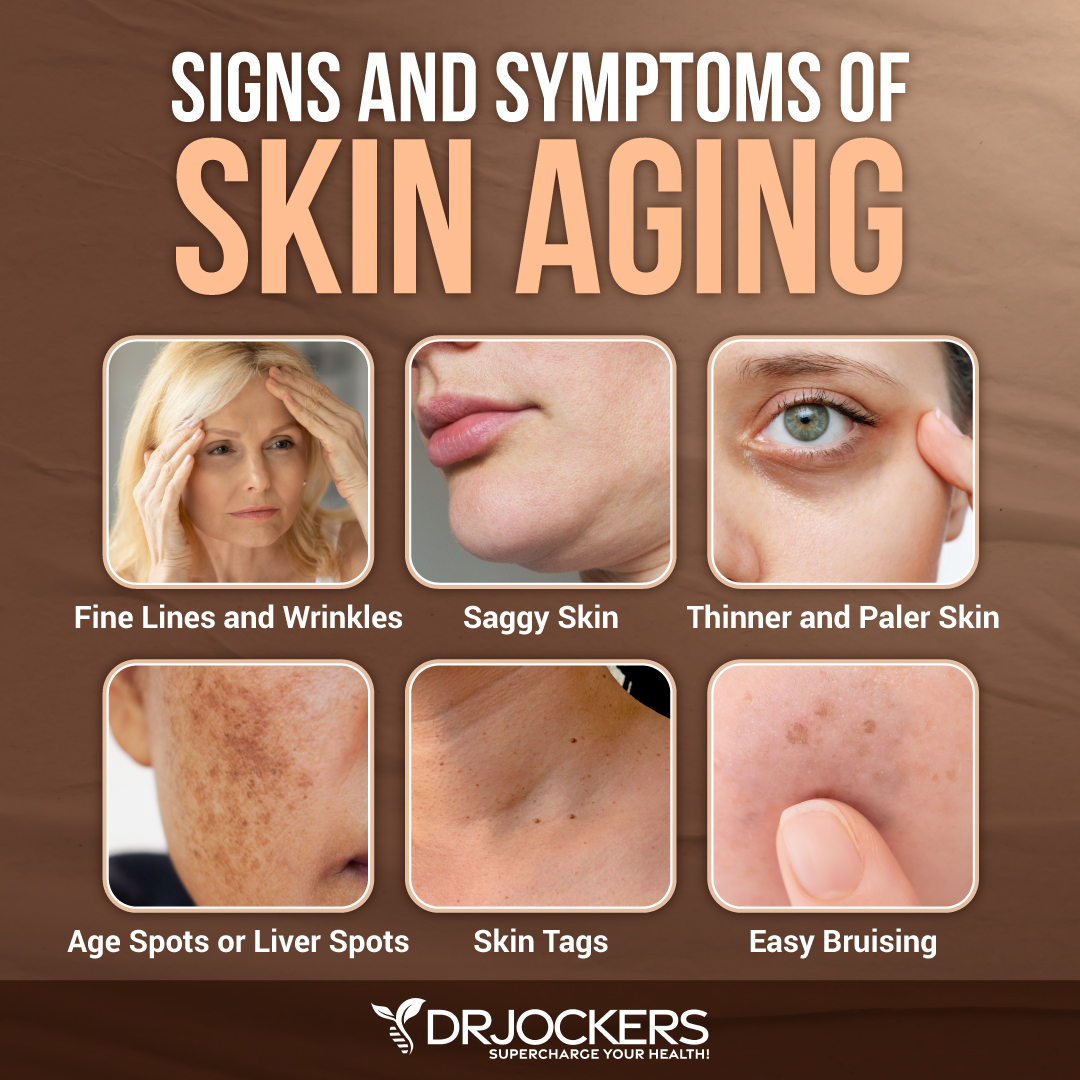
Poor Sleep Quality
Many older people have trouble sleeping. They may struggle with falling asleep or insomnia. Others may experience problems staying asleep. At the same time, many older people wake up early even after a short and poor night’s sleep. Changes in hormone production, such as melatonin and cortisol levels, chronic stress, physical pain, emotional distress, and chronic health issues may all play a role in poor sleep in older people.
The problem with poor sleep quality is that it increases chronic stress, chronic inflammation, and the development of chronic health issues. It can accelerate signs of aging and reduce your quality of life as you get older.
A 2013 study published by the University Hospitals Case Medical Centers has linked sleep deprivation to signs of aging skin (22). A 2015 study published in Perspectives in Psychological Sciences has found that quality sleep can reduce the risk of cognitive issues, while poor sleep may contribute to problems with cognitive function (23). A 2018 study published in Sleep Medicine Clinics has found that poor sleep can contribute to both physical and mental health problems in older people (24).
A 2018 paper published in Today’s Research in Aging has also found a link between poor sleep and chronic diseases (25). They found that inflammation and depression may play a role in poor sleep, and poor sleep may also be an early sign of dementia. The authors found that dietary and lifestyle changes may improve certain underlying factors of poor sleep, such as inflammation. Poor sleep and all these top signs of aging poorly are often related to dietary and lifestyle factors that can be improved naturally.
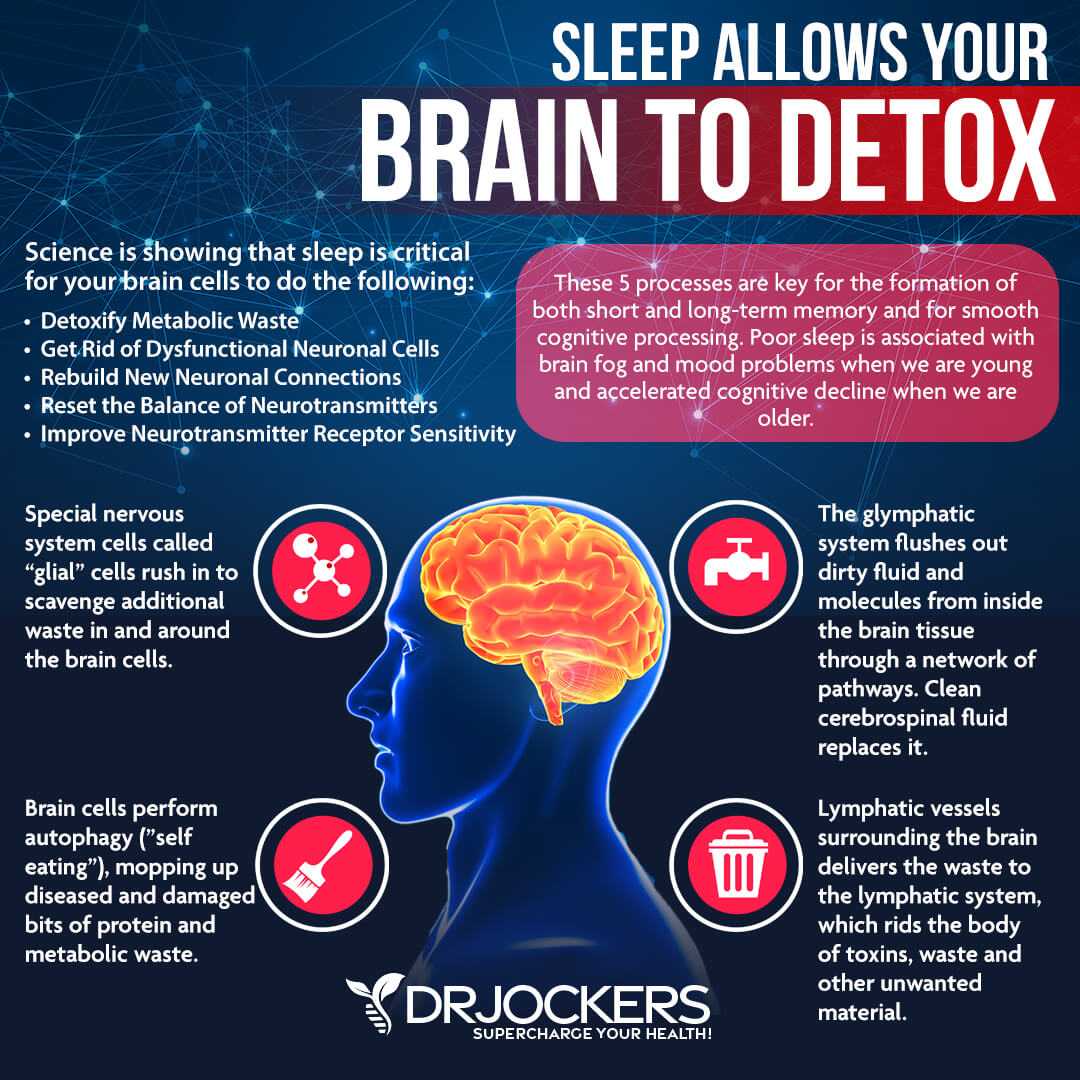
Top Strategies for Healthy Aging for the Older Population
As I mentioned earlier, these signs of aging poorly are not preventable. You don’t have to suffer from joint pain, fatigue, brain fog, and other issues as you get older.
You can support your body with natural lifestyle strategies as you are getting older. Here are my top strategies for healthy aging for the older population.
Anti-Inflammatory Nutrition Plan
Many of the causes behind aging poorly are chronic inflammation, obesity, and chronic disease. Following an anti-inflammatory nutrition plan can help to reduce inflammation. A 2018 study published in the European Journal of Nutrition has found that good nutrition can support healthy aging, productivity in old age, and a longer lifespan (26).
A 2020 longitudinal cohort study has found that the dietary habits of the healthiest and oldest elderly people include a frequent consumption of vegetables and fruits, lean protein, nuts, seeds, and fish (27). Their diet supported a longer and healthier life. While consuming sugary snacks, fried foods, processed meat, salty snacks, sauces, and gravies were associated with signs of aging poorly, chronic disease, being overweight, obesity, and a shorter lifespan.
I recommend that you follow an anti-inflammatory nutrient plan high in greens, vegetables, low-glycemic index fruits, herbs, spices, fermented foods, healthy fats such as avocados, olive oil, coconut oil, grass-fed beef, grass-fed butter and ghee, pasture-raised poultry and eggs, wild-caught fish and seafood, and wild game. Choose organic options whenever it’s possible and available to you.
If you are unable to find or afford organic options for all your produce, follow the rule of the dirty dozen and clean fifteen. If a food is on the list of dirty dozen, always choose organic. If it’s on the list of clean fifteen, organic is still ideal, but if it’s not available, you may choose non-organic. If your product is not organic, make sure to wash it very well and peel it if possible. To learn more about the anti-inflammatory nutrition plan I recommend, you may read this article.
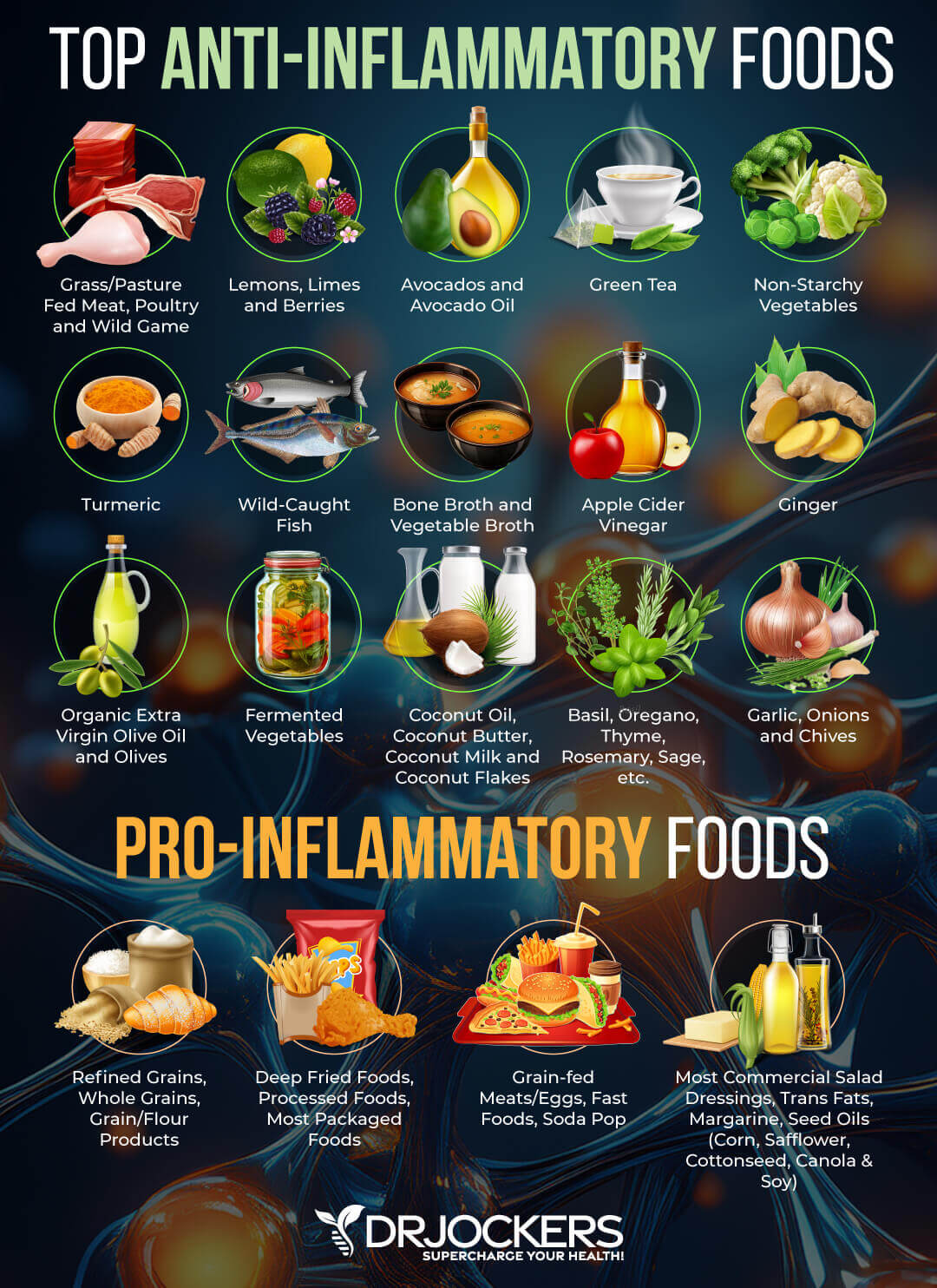
Intermittent Fasting
Intermittent fasting is a way of eating that cycles between periods of fasting and periods of eating within one day. If you think about it, we all fast overnight between our last meal or night-time snack and breakfast. With intermittent fasting, we are extending this fasting window to a longer period and shortening our eating window. Intermittent fasting is not a caloric restriction. During your eating window, you will be eating nutrient-dense, anti-inflammatory foods to meet all your nutrient and caloric needs for the day within a shorter period.
A 2020 study published in Nature Aging has found that intermittent fasting and periodic fasting can improve longevity and reduce the risk of disease (28). Intermittent fasting may reduce the risk of chronic inflammation, neurodegeneration, metabolic disease, cardiovascular disease, autoimmunity, and cancer. It supports healthy aging.
If you are new to intermittent fasting, I recommend that you start with the Simple Fast. This method involves 12 hours of fasting including your overnight sleep. You may start your fast after dinner and don’t eat for 12 hours until breakfast. During your eating window, focus on a nutrient-dense, anti-inflammatory diet to meet your nutrient and caloric needs.
Gradually increase your fasting window until you find what works for you. Most people do the best with a 16-hour fasting window using the 16:8 method. To learn more about the benefits of intermittent fasting I recommend reading this article. To learn more about different intermittent fasting strategies, I recommend reading this article.
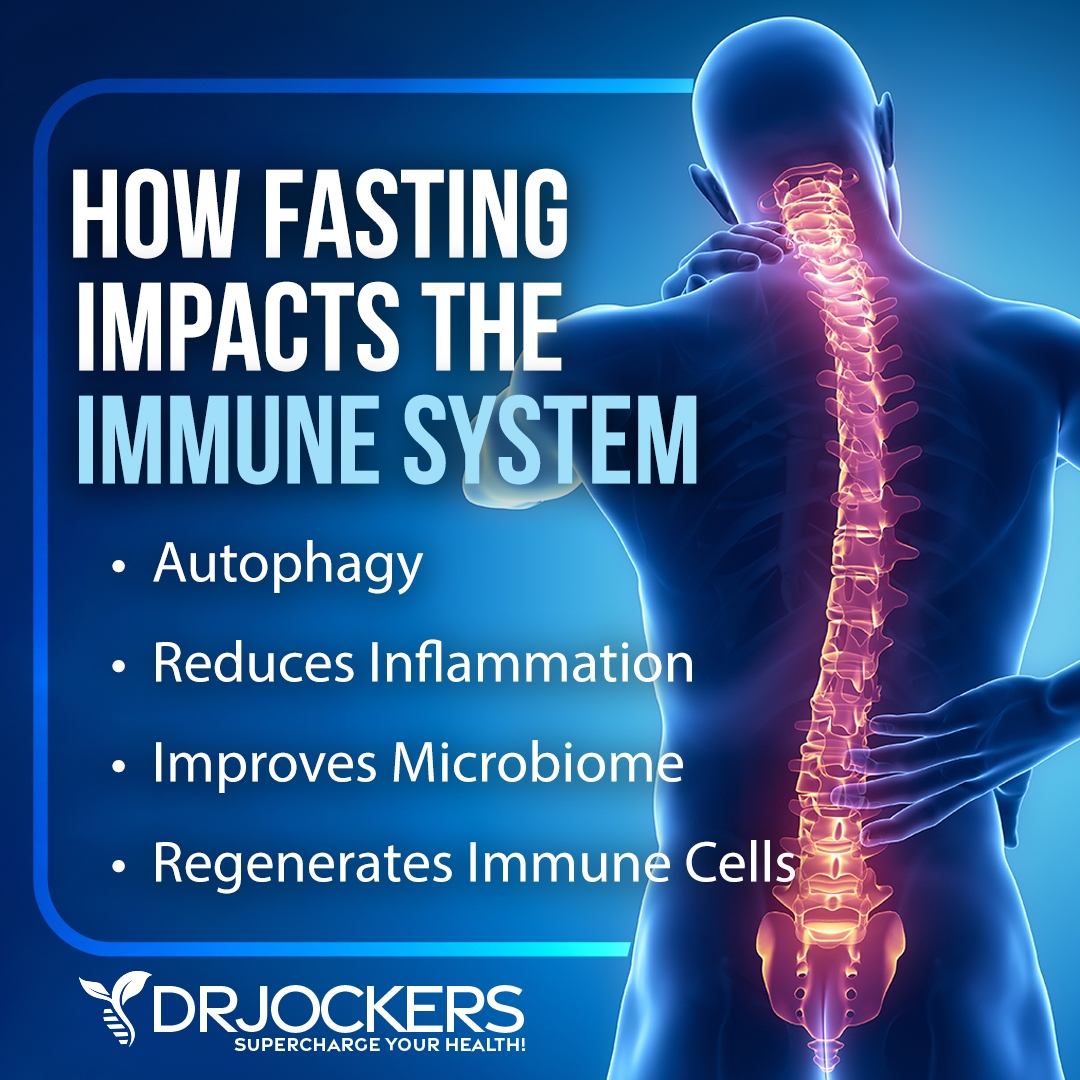
Reduce Stress, Laugh, and Play More
A 2012 study has found that chronic stress and chronic inflammation can contribute to aging poorly (29). Reducing stress can improve your physical, mental, emotional, and physical well-being and improve your quality of life. I recommend that you reduce stress, laugh more, and play more.
Reduce stressful activities and interactions with people that stress you out as much as possible. Learn how to respond to and cope with stress better. Mindset shifts, positive thinking, counting to ten before responding, gratitude, positive affirmations, and prayer can help. Reduce your stress levels.
Meditation, breathwork, guided relaxation, gratitude work, journaling, and prayer are great strategies. Working with a therapist or spiritual counselor can also help you cope with stress better and learn coping strategies.
Crossword puzzles, chess, board games, arts and crafts can also be relaxing and fun. They also stimulate the brain and keep you mentally sharp. Adding more laughter and play into your life is important. Connect with your community.
Spend time with your friends and family. Play with your pets or grandkids. Spend time in nature and take a walk with a friend. Watch a funny movie, go to a comedy show, read an uplifting book, or try laughter yoga for more smiles and laughter.
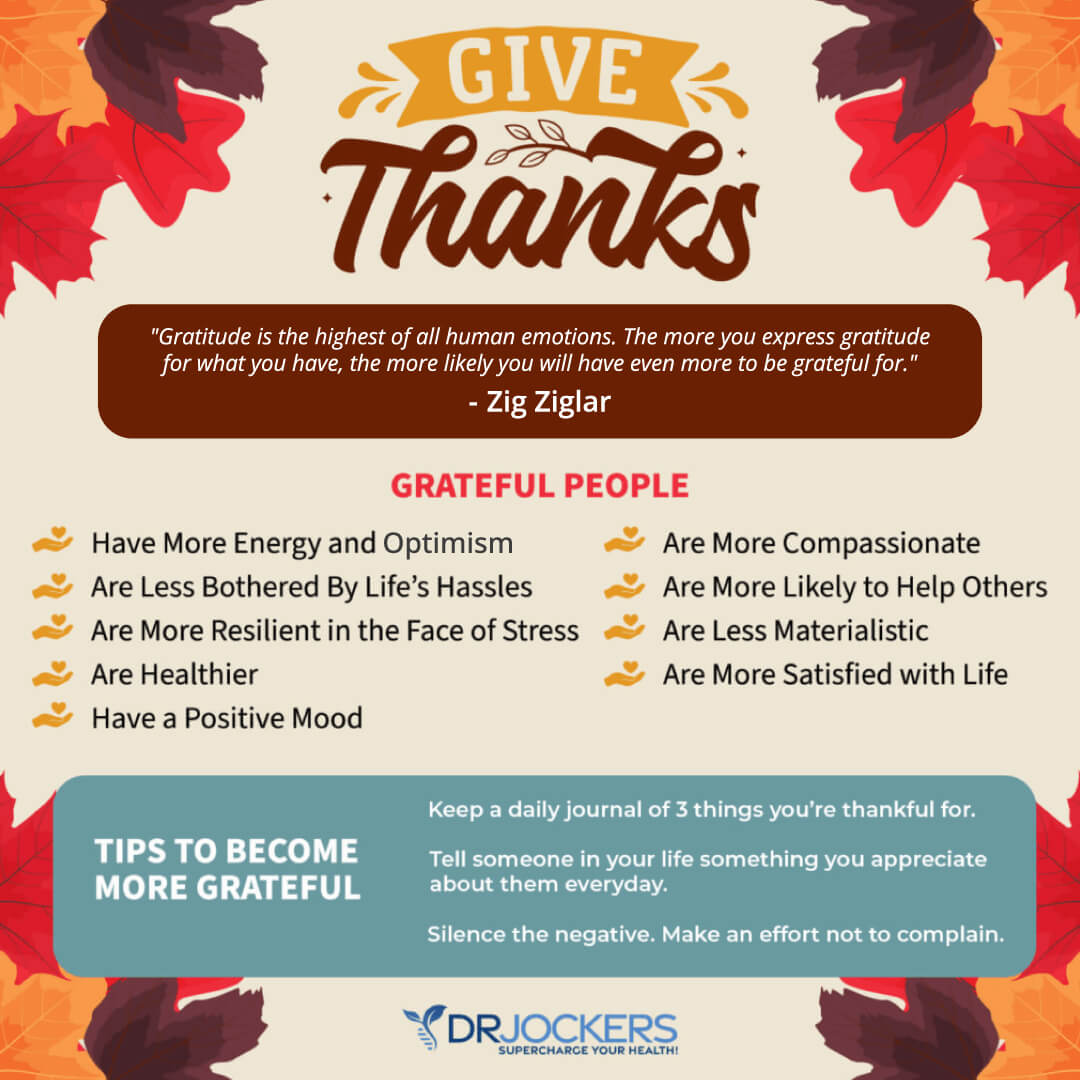
Improve Sleep Quality
A 2018 study published in Frontiers in Psychology has found that poor sleep, non-restorative sleep, and sleep problems can contribute to fatigue in older people, and getting regular restorative sleep can support healthy aging (2). Improving your sleep is critical.
Avoid stress, electronics, heavy foods, sugar, caffeine, and alcohol in the evening and at night. Engage in relaxing activities, such as reading, crossword puzzles, board games, crafts, coloring, or journaling a few hours before bedtime. Taking a relaxing bath or sipping on herbal tea may help you to wind down. Make sure that you have a supportive bed, pillows, and bedding. Try blackout curtains or eye masks.
A 2012 double-blind placebo-controlled clinical trial has found that magnesium supplementation can help to reduce insomnia and sleep problems in older people (30). Taking magnesium supplements, especially in the evening, can help your sleep better. I recommend Sleep Deep, a magnesium supplement specifically designed to support your sleep.
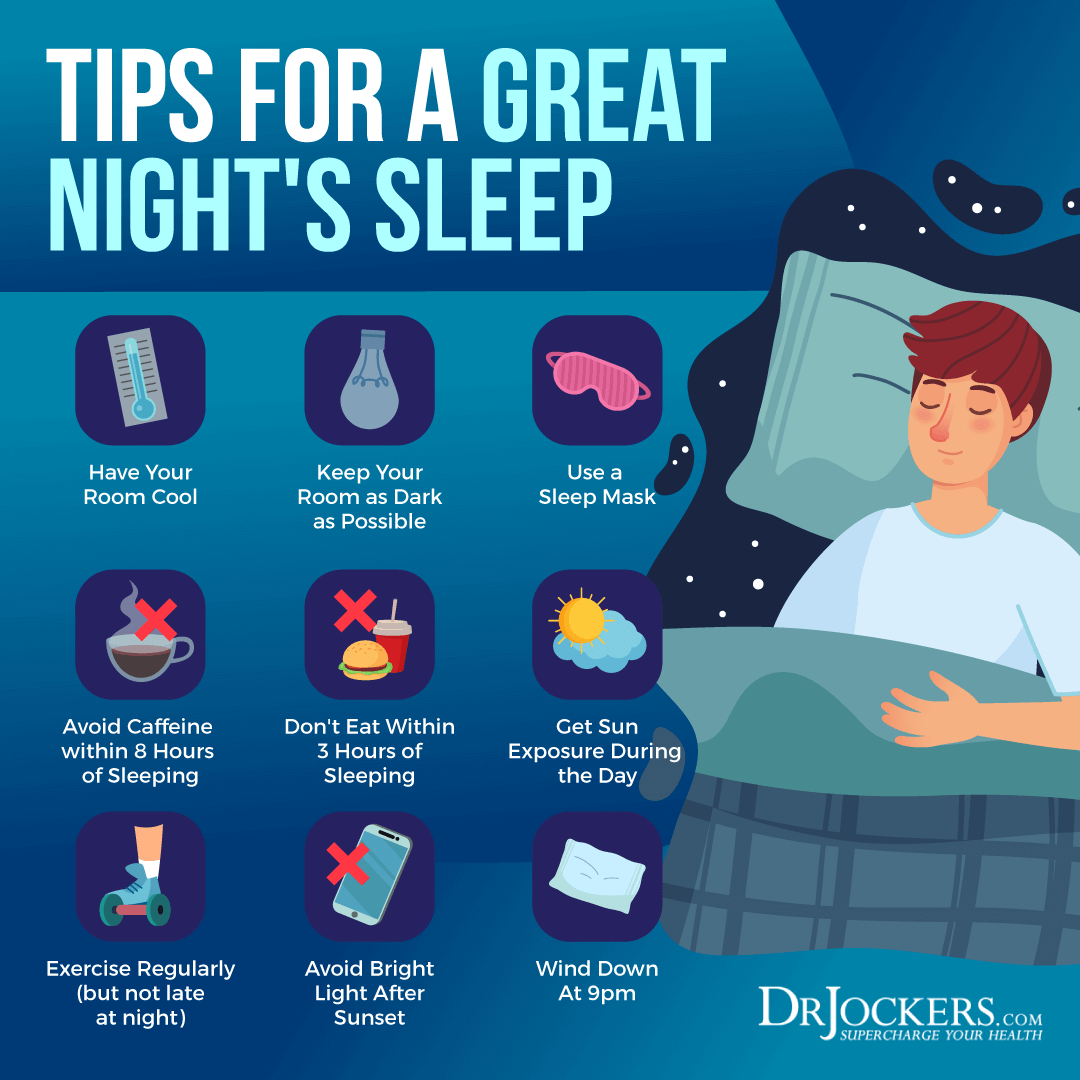
Regular Movement & Exercise
Physical fatigue, reduced activity, and experiencing pain when moving are common issues in older people. Bone and muscle loss are also common issues along with weight gain, postural issues, inflammation, and disease. A 2015 study published in the Journal of Cellular Physiology has found that reduced physical activity and a poor diet may play a critical role in the risk of developing muscle and bone loss while aging (13).
A 1992 study published in Aging (Milano) has found that postural changes can result in balance and mobility issues in older adults (14). A 2006 study published in the International Journal of Obesity (London) has found that age-related weight gain often occurs due to changes in an exercise routine (9).
Regular movement and exercise are important as you get older. I recommend that you stay active throughout the day. Taking a stroll in the park, stretching your body, getting up regularly, doing a little dance, or playing with your grandkids or pets are great ideas.
I recommend that you avoid high-impact activities but engage in low-impact exercise. Swimming, water aerobics, walking, easy hikes, easy yoga, chair yoga, Pilates, or easy bike rides are great ideas.
Engaging in resistance training is important to reduce muscle and bone loss and keep your strength and independence. I recommend regular resistance training at least three times a week, such as lifting weights, using exercise bands, doing bodyweight exercises, or practicing Pilates or yoga are great options. Working with a physical therapist or a trainer specialized in older people can be beneficial, especially if you are new to exercise or dealing with joint pain, muscle pain, or other health issues.
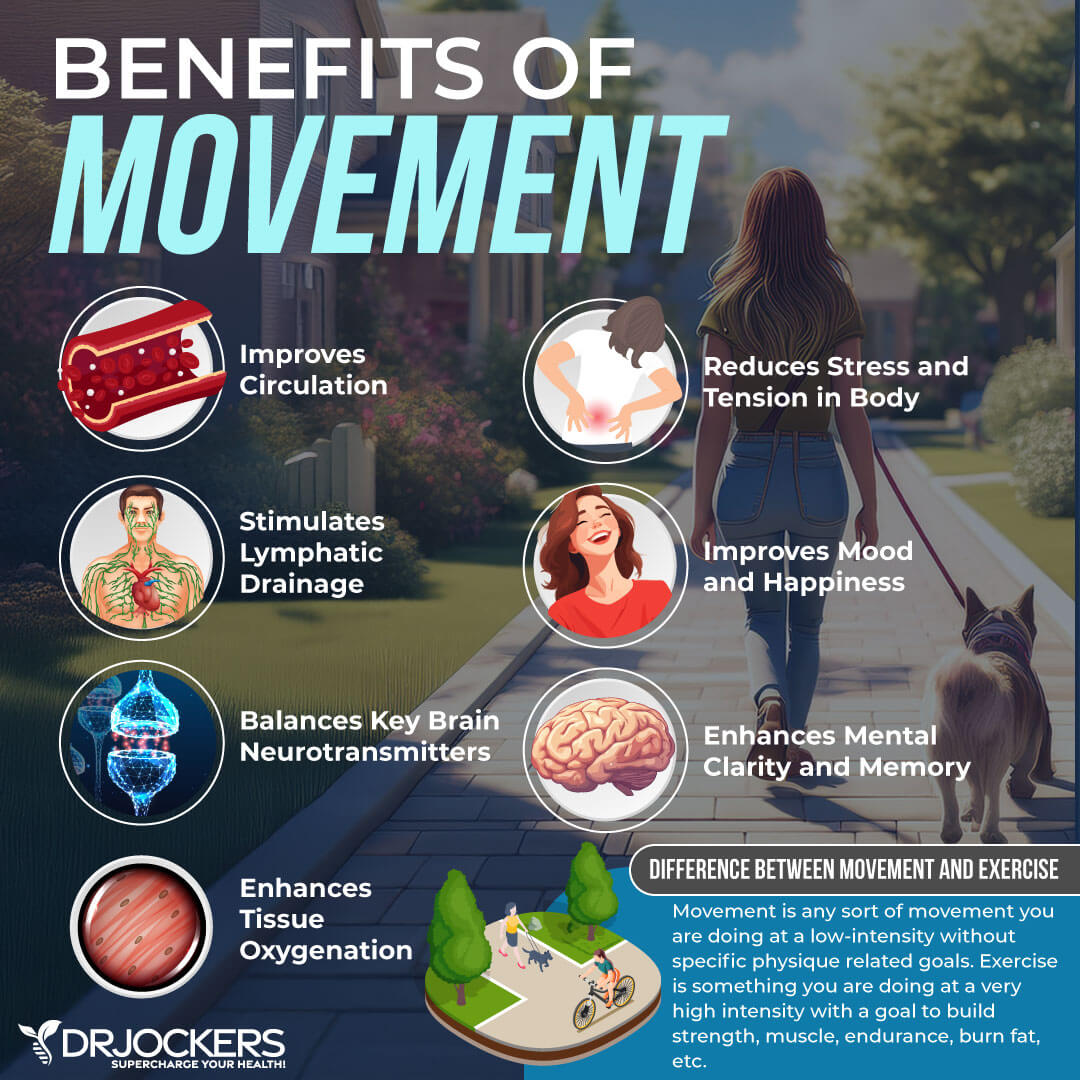
Reduce Exposure to Toxins
A 2011 study published in Clinical Geriatric Medicine has found that toxic exposure, including air pollution, water pollution, radiation, smoking, alcohol, medications, and other chemical exposure, can contribute to signs of aging poorly (31). Exposure to toxins can contribute to chronic inflammation, cellular damage, organ damage, and chronic health issues.
I recommend that you reduce your exposure to toxins to support healthy aging. I recommend that you spend plenty of time in nature. Improve your indoor air by using a HEPA air filtration and purification system or the Air Doctor air purification system. Make sure that your home is free of mold. If you find mold, have it professionally removed or moved, if possible. Avoid tap water and choose purified water instead. Install a water purification system in your home.
Avoid the use of plastic and pick glassware, aluminum bottles, wooden, bamboo, and cloth products instead. Avoid conventional toxic cleaning, body, and beauty products, and choose organic, natural, or homemade options instead. Follow an anti-inflammatory diet and choose organic food whenever possible to avoid pesticides, herbicides, and hormones in your food. If you are unable to find or afford organic options for all your produce, follow the rule of the dirty dozen and clean fifteen. Avoid highly processed foods, additives, preservatives, and unnatural ingredients.
Stop smoking and avoid second-hand smoke. Reduce or eliminate the use of alcohol. Only take medications when it’s absolutely necessary. Talk to your doctor about your options and seek natural alternatives whenever possible. Reduce radiation exposure by only getting X-rays if it’s absolutely necessary. Avoid x-ray machines are airports and ask for a tap-down instead.

Good Hydration and Move Your Bowels
Good hydration is incredibly important at any age. However, according to a 2020 study published in the Journal of Physiology, hydration is even more important as you are aging (32). Good hydration is critical for body temperature regulation. Avoiding dehydration and good hydration also helps to reduce muscle pain, fatigue, and heat exhaustion which older people are more likely to deal with on a regular basis.
The problem is that older people are even more likely to forget to drink enough water and experience dehydration. I recommend that you start your day with 32 oz. of purified water and drink regularly throughout the day. A glass every hour is a good rule of thumb. However, individual needs may differ.
Drink even if you are not thirsty, drink up. Thirst is already a sign of dehydration. Visiting the bathroom regularly and seeing pale yellow but not quite transparent pee is a good sign of hydration.
Moving your bowels is just as important. Bowel movements are critical for removing waste and toxins from your body and reducing chronic inflammation and the risk of disease. However, a 2020 study published in the International Journal of Qualitative Studies in Health and Well-Being has found that constipation is rather common in older people (33).
Following a healthy, nutrient-dense diet, good hydration, and exercising regularly can help to support healthy bowel activity. I recommend eating probiotic-rich fermented foods, such as kimchi, sauerkraut, fermented vegetables, and kefir, and taking probiotic supplements daily to support your digestion. Fiber-rich foods can help many people to improve digestion and bowel movements.
However, they can cause problems in others. Too much fiber also doesn’t agree with the low-FODMAPS and carnivore diet. If you do well on fiber, I recommend fiber-rich vegetables and fruits in your diet. You may also benefit from an herbal supplement for bowel movements, such as Bowel Mover.
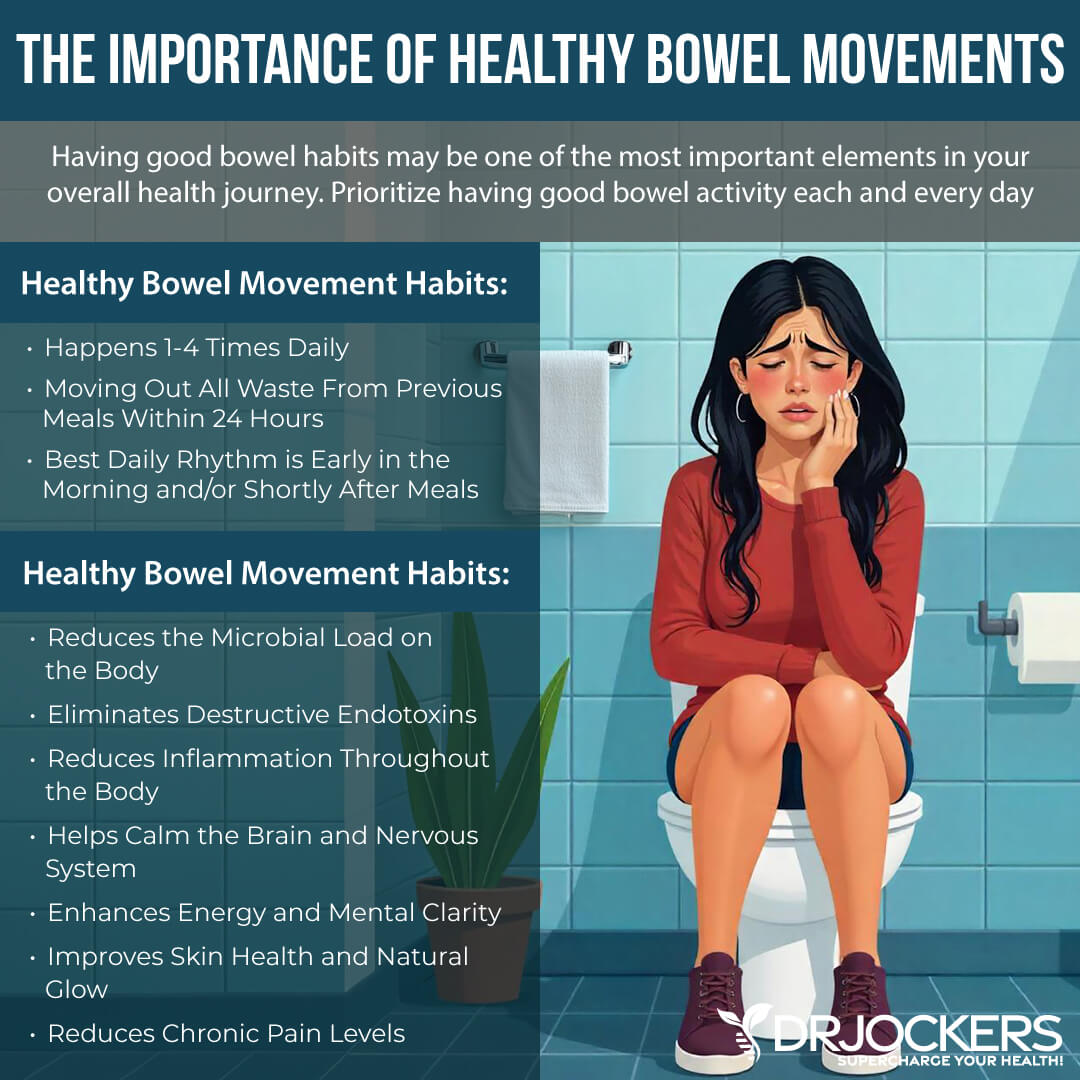
Embrace Holistic Dentistry
Cavities, untreated tooth decay, gum disease, tooth loss, and oral cancer are increasingly common as you age. According to a 2017 study published in the American Journal of Public Health, 34 percent of older people in nursing homes need urgent dental care and about 19 percent of people over 75 don’t have their natural teeth anymore (34). A 2015 review published in Clinical Interventions in Aging has found that oral health and dental health problems can greatly impact the general well-being and quality of life of older people (35).
To take care of your teeth and oral health, I recommend that you embrace holistic dentistry. Holistic dental care serves as a more natural alternative to traditional dental care. It approaches dental care and oral health from a holistic perspective.
Traditional dental care and dentistry tend to focus on diagnosis and treatment of problem areas related to your teeth, gums, jaw, and areas of your head and neck that may be affected by your mouth. Beyond its approach to dental care, holistic dentistry differs in its treatment methods as well. Holistic dental care puts a great emphasis on the effects of nutrition on the oral microbiome and oral health.
Holistic dental practices offer digital X-rays and other safer diagnostic alternatives to regular X-rays used at traditional dental clinics. Holistic dentists also don’t use amalgam fillings because of toxicity issues and opt for composite fillings instead. They also do not perform root canals because of safety issues and the chemicals involved. Instead of a medicated mouthwash, they may recommend an herbal mouthwash for gingivitis.
Holistic dentists also advise against fluoride toothpaste and recommend herbal toothpaste, herbal tooth powder, neem toothpaste, propolis, or other herbal and natural options instead. Alternative strategies for holistic dentists may include nutrition education, herbology, aromatherapy, hypnosis, electroacupuncture, Ayurveda, and spiritual healing.

Consider Chiropractic, Acupuncture, and Massage
A 2011 study published in Age and Ageing found that joint pain and musculoskeletal issues are common problems in older people (4). These problems can affect the quality of life of the older population and are a common reason behind disability. According to a 1992 study published in Aging (Milano), postural changes in older people often result in balance and mobility issues (14). Chiropractic care, acupuncture, and massage therapy can help.
Chiropractic care is a form of alternative medicine and bodywork that uses spinal manipulation. It can help to regain your body’s healthy and natural posture and relieve joint and muscle pain. Massage therapy is a form of bodywork that helps to release muscle tension. It helps to reduce muscle tension and pain, improve mobility, relax your body and mind, increase energy, and improve vitality. It works as a complementary approach to chiropractic care.
Acupuncture is a form of alternative medicine that comes from traditional Chinese medicine. It uses fine needles in certain meridian points of your body to help regain healthy flow and balance. Acupuncture can help to reduce pain, fatigue, and other symptoms of health issues and aging. It may help to improve your energy and vitality. Acupuncture can be used in combination with chiropractic care and/or massage therapy or as a standalone approach to wellness.
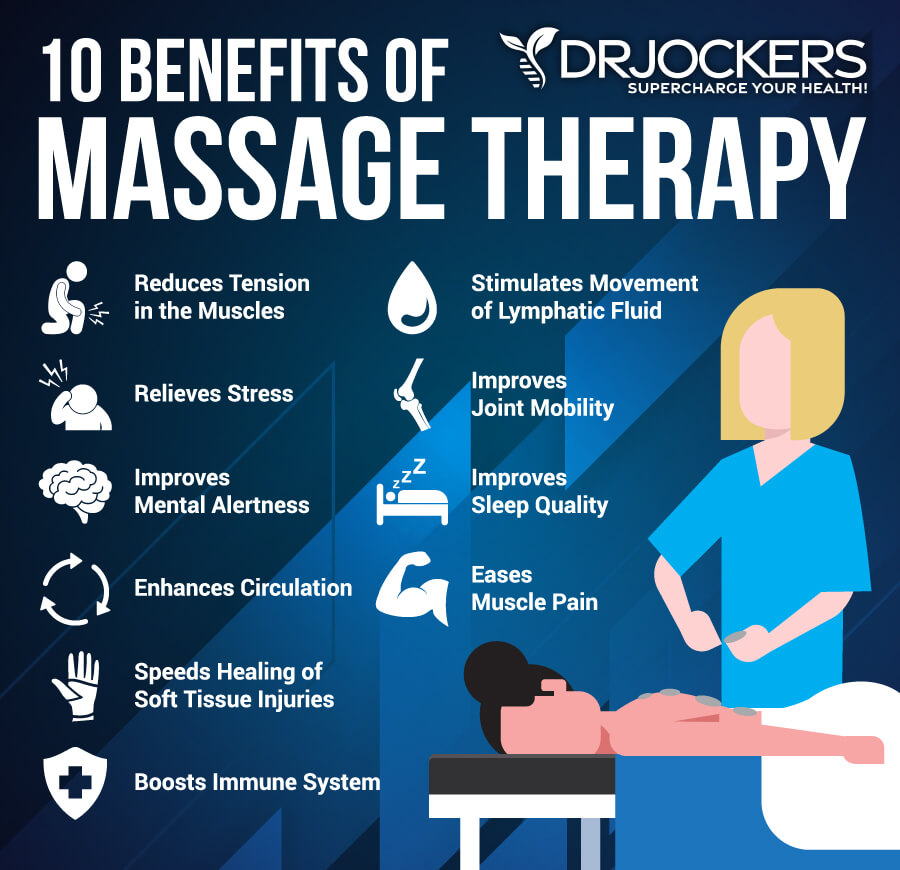
Key Supplements
Following an anti-inflammatory, nutrient-dense eating plan is important. However, meeting your nutritional needs through diet alone is not always easy or possible. There are some key supplements that can help improve your health and aging-related symptoms.
Vitamin D3 and K2
Vitamin D3 is a fat-soluble vitamin that is important for your bones, muscles, teeth, brain, immune system, and other areas of your health. According to a 2012 review published in the Scandinavian Journal of Clinical and Laboratory Investigation, vitamin D3 is critical for cognitive function (36). Since brain fog, memory loss, cognitive decline, dementia, and Alzheimer’s are increasingly common in older people, optimal vitamin D3 levels are critical (6, 7).
Vitamin K2 is critical for bone and heart health. A 2001 study published in Erratum in Nutrition has found that vitamin K2 plays a key role in bone mineral density, bone health, and the prevention of osteoporosis (37). According to a 2018 study published in the Journal of Biomedicine, bone loss increases the risk of weakness, lower mobility, falls, and fractures with age, making vitamin K2 a critical vitamin (11).
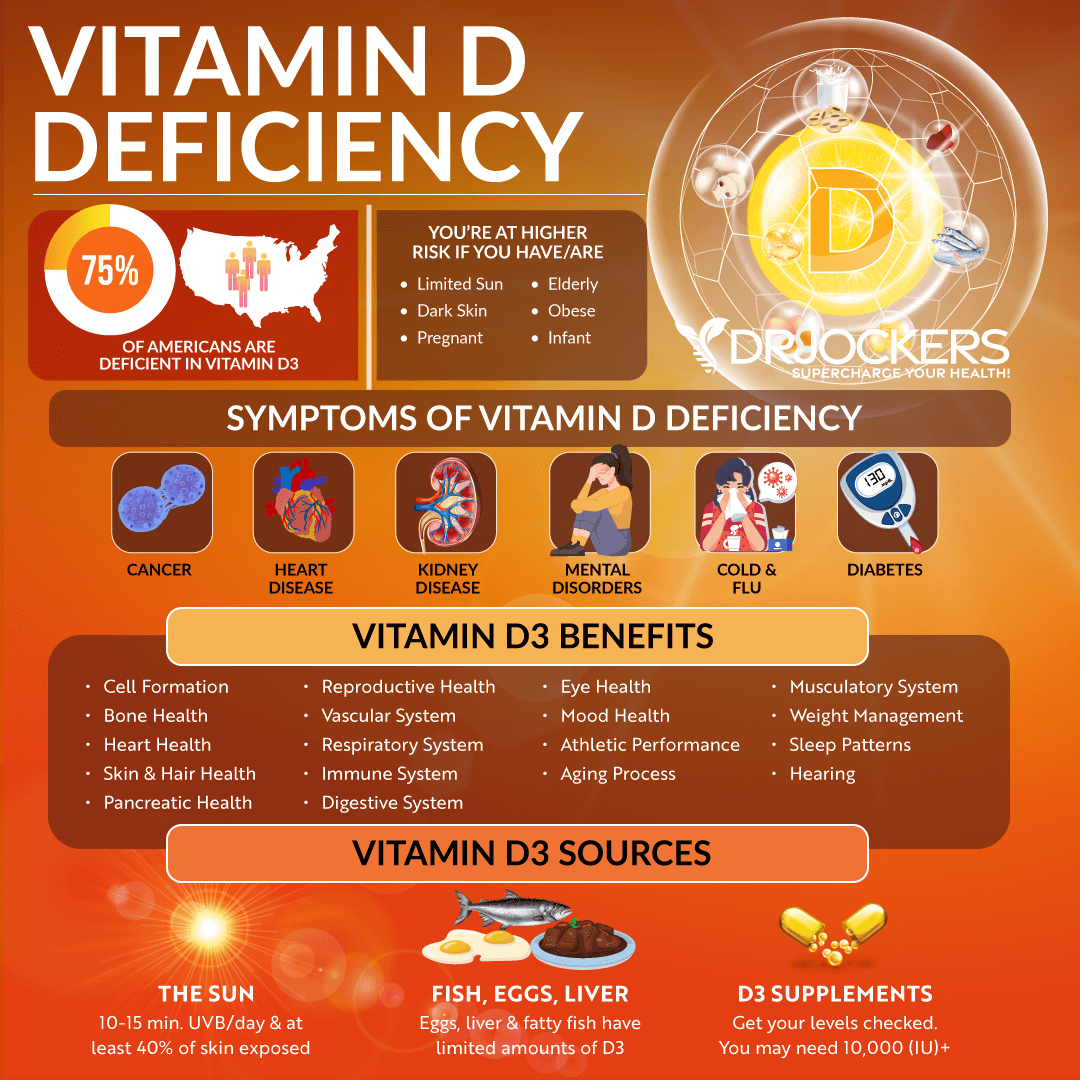
Moreover, a 2018 study published in Current Nutrition Reports has found that vitamin K2 is a critical nutrient for cardiovascular health (38). Considering that heart disease and heart attacks are very prevalent in older people, the heart health benefits of vitamin K2 are critical. It’s even more important that vitamin K2 also supports the absorption of vitamin D3. The two vitamins work together perfectly.
Most people are not getting enough sunshine or consuming enough vitamin D from food. Therefore, most people need to supplement to optimize their vitamin D levels. Pairing vitamin D3 with vitamin K2 helps improve calcium absorption and inflammation control. I recommend taking a vitamin D3 supplement with at least 3,000-5,000 IU’s of vitamin D3 and at least 90 mcg of vitamin K2. I recommend taking D3/K2 Power for your daily dose of vitamin D3 and K2.
Typically, taking 1,000 IU per 25 lbs. of body weight will help you get your levels into a healthy range. You want to test your vitamin D levels at least 1-2 times each year and get your levels between 50-100 ng/ml. It has been hypothesized that a therapeutic level for major health conditions is going to be between 70-100 ng/ml.
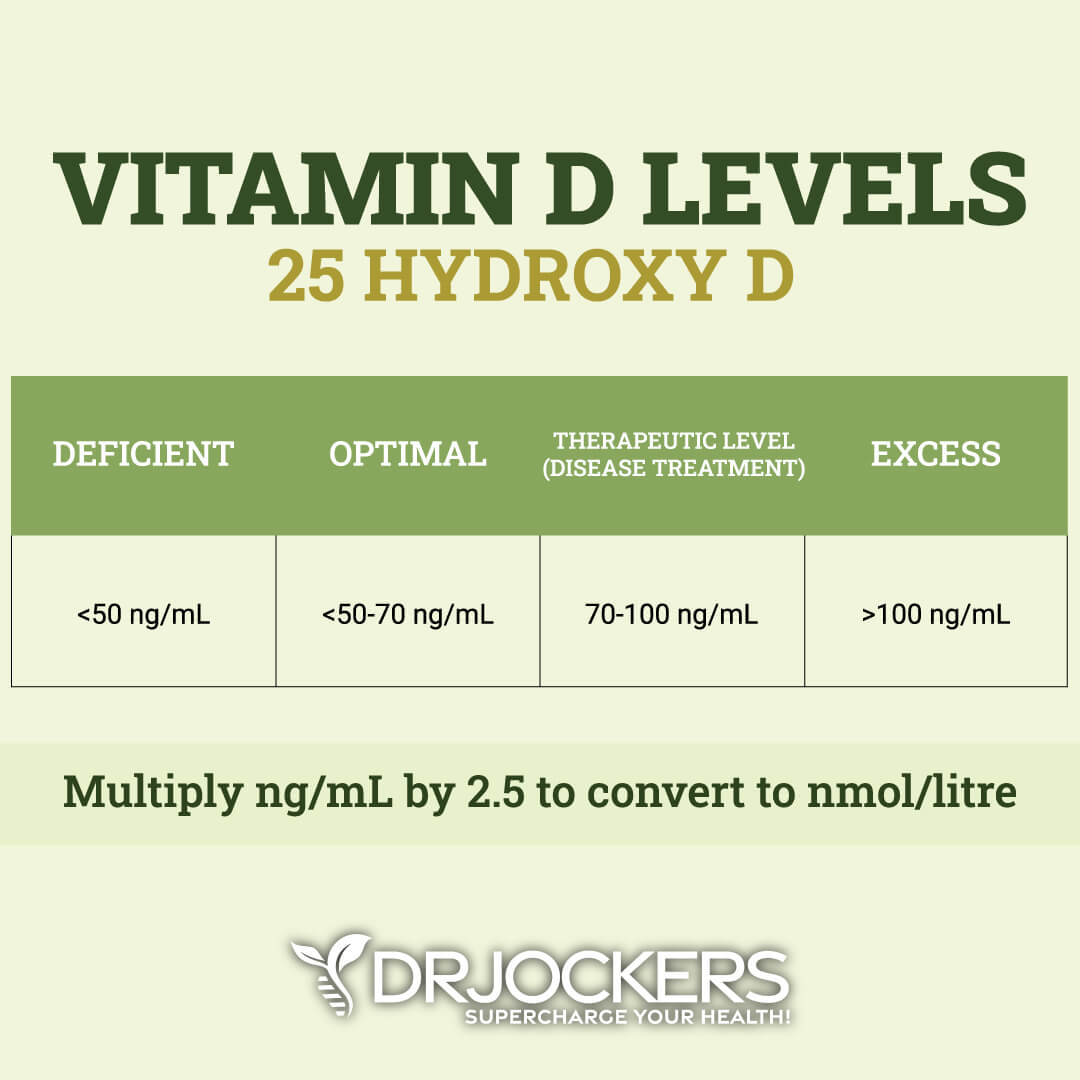
CoQ10
Coenzyme Q10 or CoQ10 is an antioxidant that your body produces naturally for growth and health. It is important for heart health, skin health, healthy blood sugar levels, energy, brain health, lung health, and the prevention of cancer. As you get older, your body becomes more vulnerable, and there is an increased risk of health issues.
You may benefit from CoQ10. A 2019 study published in Biology (Basel) found that CoQ10 helps to reduce oxidative stress, slow the aging process, and reduce the risk of disease (39). I recommend that you take MitoActive daily for healthy aging.

Probiotics & Digestive Support
Healthy digestion and gut health are critical for your overall health. As you get older, there is an increased risk of stomach and colorectal cancer. A 2020 study published in the International Journal of Qualitative Studies in Health and Well-Being has found that constipation is a common issue in older people (33). However, constipation is not the only digestive issue you may experience as you get older.
According to a 1996 study published in Gastroenterology, older people also tend to produce less stomach acid and bile, which can make digestion and nutrient absorption more difficult (40). This can lead to abdominal discomfort, digestive problems, and an increased risk of digestive health issues and even cancer.
Taking digestive enzymes and betaine hydrochloride (HCL) can help to improve your digestion, absorption, and gut health. I recommend taking Super Digest HCL once a day with a meal.
A poor microbiome balance can also result in chronic inflammation, pain, digestive discomfort, and the risk of chronic disease. To support your gut microbiome balance and gut health, I also recommend eating probiotic-rich fermented foods, such as kimchi, sauerkraut, fermented vegetables, and kefir, and taking probiotic supplements daily.
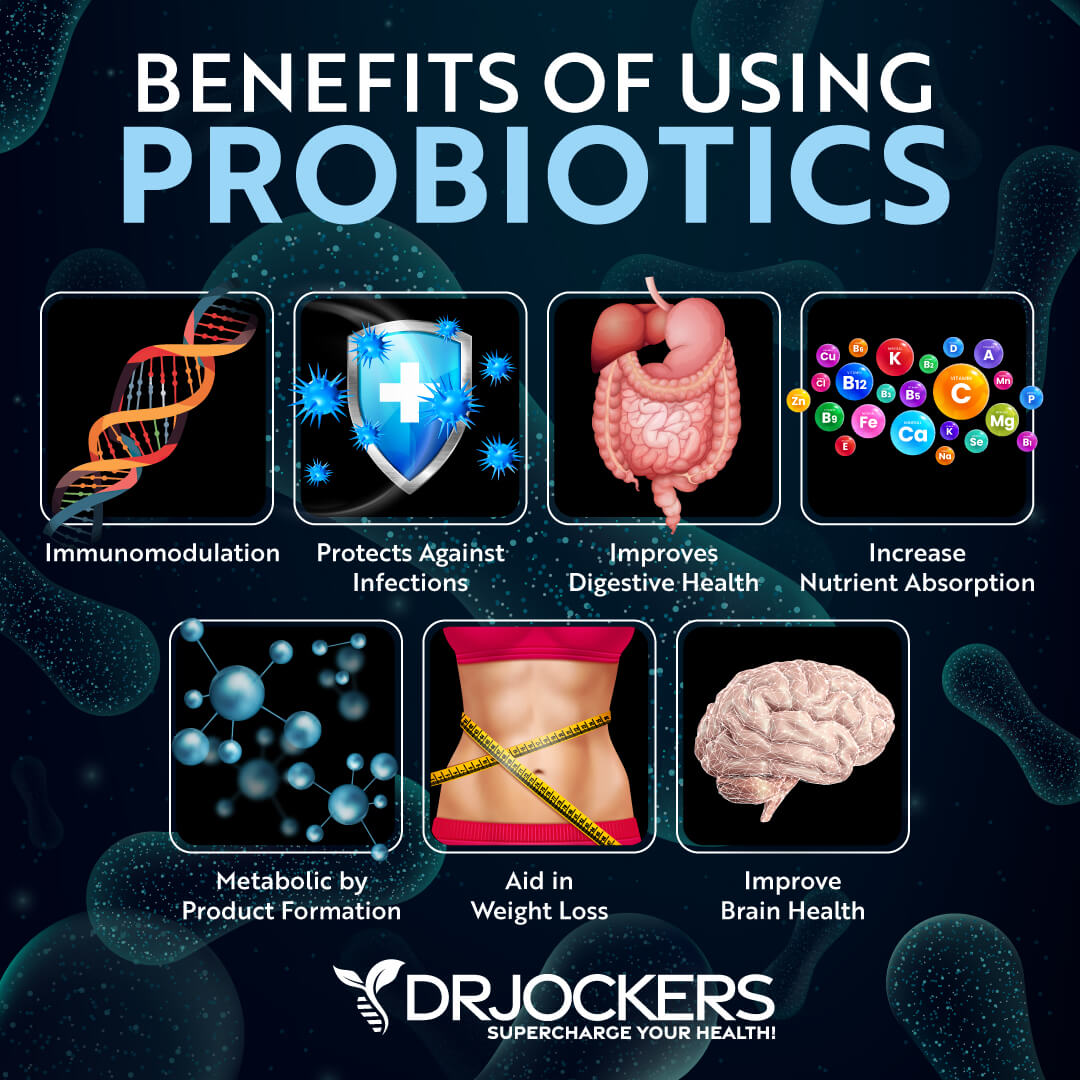
Bone Broth or Collagen Protein
Collagen is important for your skin, bone, and joint health. However, according to a 2018 study published in Cell Transplantation, your collagen levels start to decrease as you age and become very low by old age (41). This will lead to sagging skin, wrinkles, lower skin elasticity, joint pain, and bone health issues.
While your body can’t increase its collagen levels by itself, you can help to replenish your body’s collagen levels with the help of bone broth or collagen protein. Bone broth is a liquid leftover after simmering meaty bones and connective tissue of beef, poultry, or fish.
Drinking bone broth regularly can help to improve your joint and skin health. I also recommend taking Bone Broth Power Protein or Collagen Peptides regularly to improve your skin health, joint health, and overall energy levels.
Magnesium
Magnesium is an important mineral for your brain health, muscle health, blood sugar levels, mental health, blood pressure levels, and other areas of your health. According to a 2011 book, Magnesium in the Central Nervous System, published by the University of Adelaide Press, magnesium is a beneficial nutrient for cognitive health during the aging process (42). A 2020 study published in Frontiers in Aging Neuroscience has also found that serum magnesium is important for cognitive function (43).
Considering that mental fatigue, brain fog, memory problems, cognitive decline, and dementia are common among older people, magnesium may be a helpful supplement to support cognition and brain health (3, 6, 7). Poor sleep is another common issue the older population is dealing with (22, 23, 24, 25). Magnesium can help to relax the body, calm the mind, and support sleep as well.
I recommend that you take Brain Calm magnesium. It is great for brain health, pain relief, muscle relaxation, bone and joint health, healthy blood pressure, and energy. I also recommend supplementing with CalMag Support. This supplement is great for neurological health, nerve function, mental health, muscle health, bone health, and energy production.
B Vitamins
B vitamins are important for your brain health, mental health, metabolic function, cellular health, and energy levels. These areas are all important as you get older and they can all decline if you are aging poorly. A 2013 review published in ISRN Nutrition has found that B vitamins can support cognitive performance in older adults (44).
I recommend consuming foods that are rich in vitamin B, such as grass-fed beef, pasture-raised poultry and eggs, nuts and seeds, and avocados. I also recommend taking a high-quality vitamin B complex, such as B Strong, and a high-quality vitamin B12 supplement, such as B12 Power.
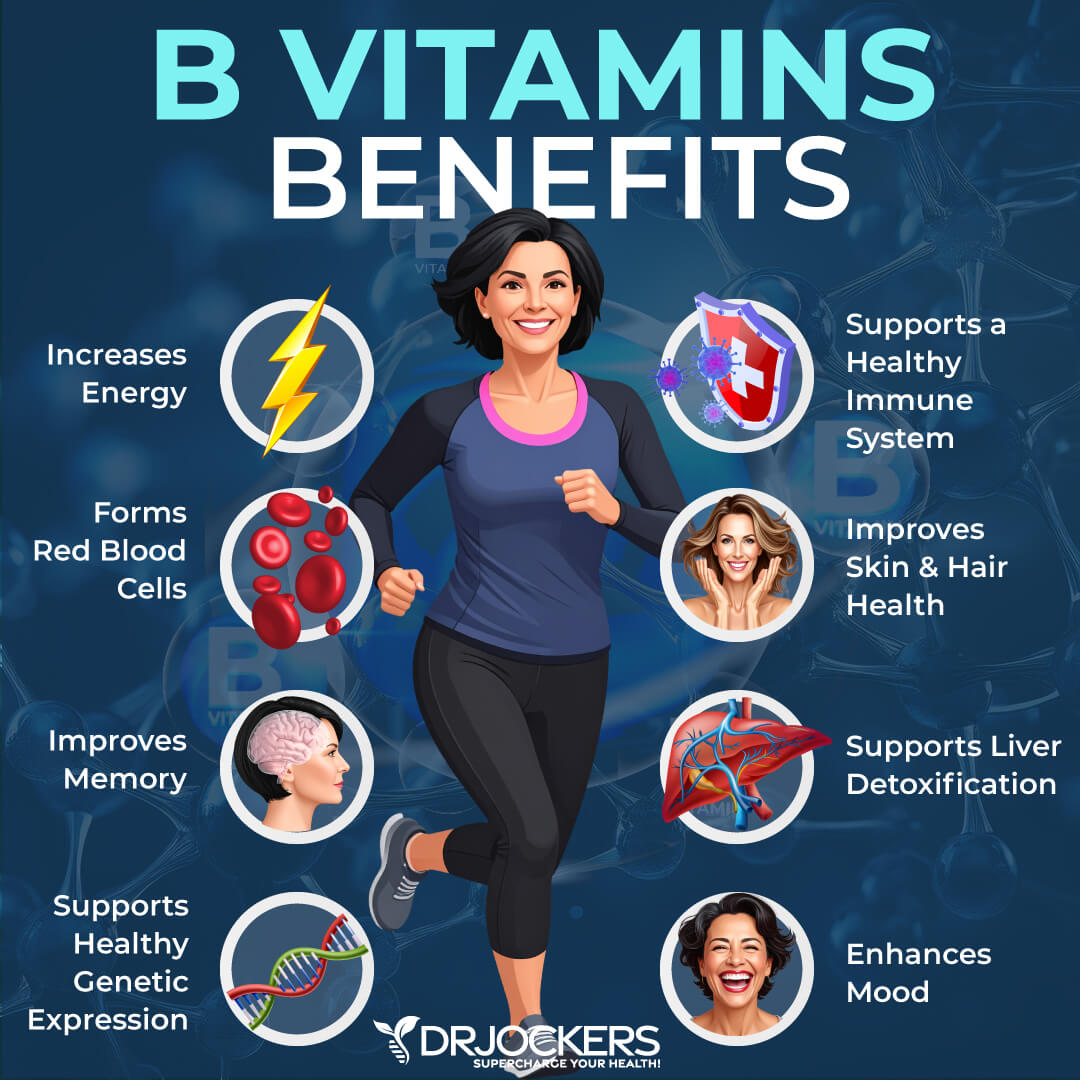
Herbs & Compounds for Inflammation Support
Inflammation is one of the major driving factors of chronic pain, chronic disease, and signs of aging poorly. Using herbs and other natural nutritional compounds for inflammation support can help reduce inflammation and reduce your risk of aging poorly.
Curcumin
Turmeric is one of the most potent anti-inflammatory herbs. It is a staple in Indian cuisine and is the main spice used in popular curry dishes. Curcumin is the active compound of turmeric that armors it with its powerful anti-inflammatory benefits.
Curcumin is powerful for inflammation-related issues that are common in older people, such as joint pain, arthritis, and chronic pain. According to a 2009 randomized controlled trial, curcumin is effective for joint pain and osteoarthritis (45). I recommend using turmeric in your cooking, including curries, soups, baked vegetables, salad dressings, smoothies, and juices. I also recommend taking a daily curcumin supplement.

Boswellia
Boswellia, otherwise known as Indian Frankincense, is a potent herbal extract that comes from the Boswellia serrata tree. It has been a popular anti-inflammatory herb used by Asian and African cultures for its medicinal properties to treat a number of health conditions, including. chronic inflammatory illness.
Like curcumin, boswellia is also affected by joint pain and other age-related inflammatory issues. According to a 2003 randomized double-blind placebo-controlled trial, Boswellia is beneficial for arthritis (46). I recommend supplementing with boswellia daily for healthy aging.
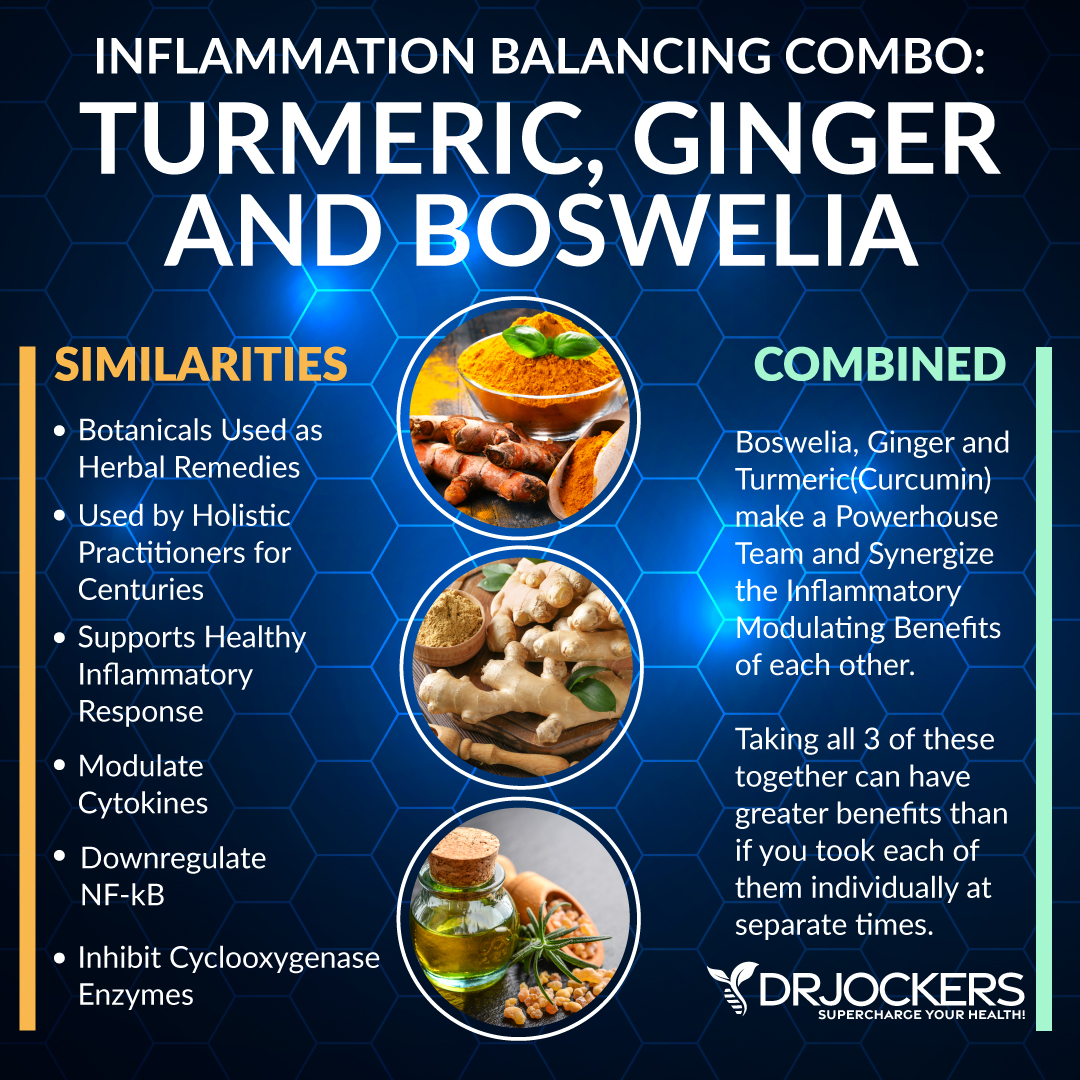
Proteolytic Enzymes
Proteolytic enzymes help to break down protein and they help to reduce inflammation in your body. A 2008 study published in the Indian Journal of Pharmacological Sciences has found that proteolytic enzymes can help to lower inflammation levels by breaking down inflammatory cytokines and inflammatory proteins such as C Reactive Protein (CRP) (47).
I recommend regular supplementation with proteolytic enzymes to support healthy aging. Proteolytic enzymes must be taken away from meals in order to get the systemic anti-inflammatory benefits. If you take them with a meal they act as a digestive enzyme and don’t get out into circulation.

Resveratrol
Resveratrol is found in the skin of grapes, red wine, and berries. It is a plant compound that acts as an antioxidant. According to a 2018 study published in the International Journal of Molecular Sciences, resveratrol can offer anti-inflammatory benefits (48).
This may reduce the risk of pain and chronic inflammatory health tissues during aging. I recommend supplementing with resveratrol for lower inflammation levels and healthy aging.
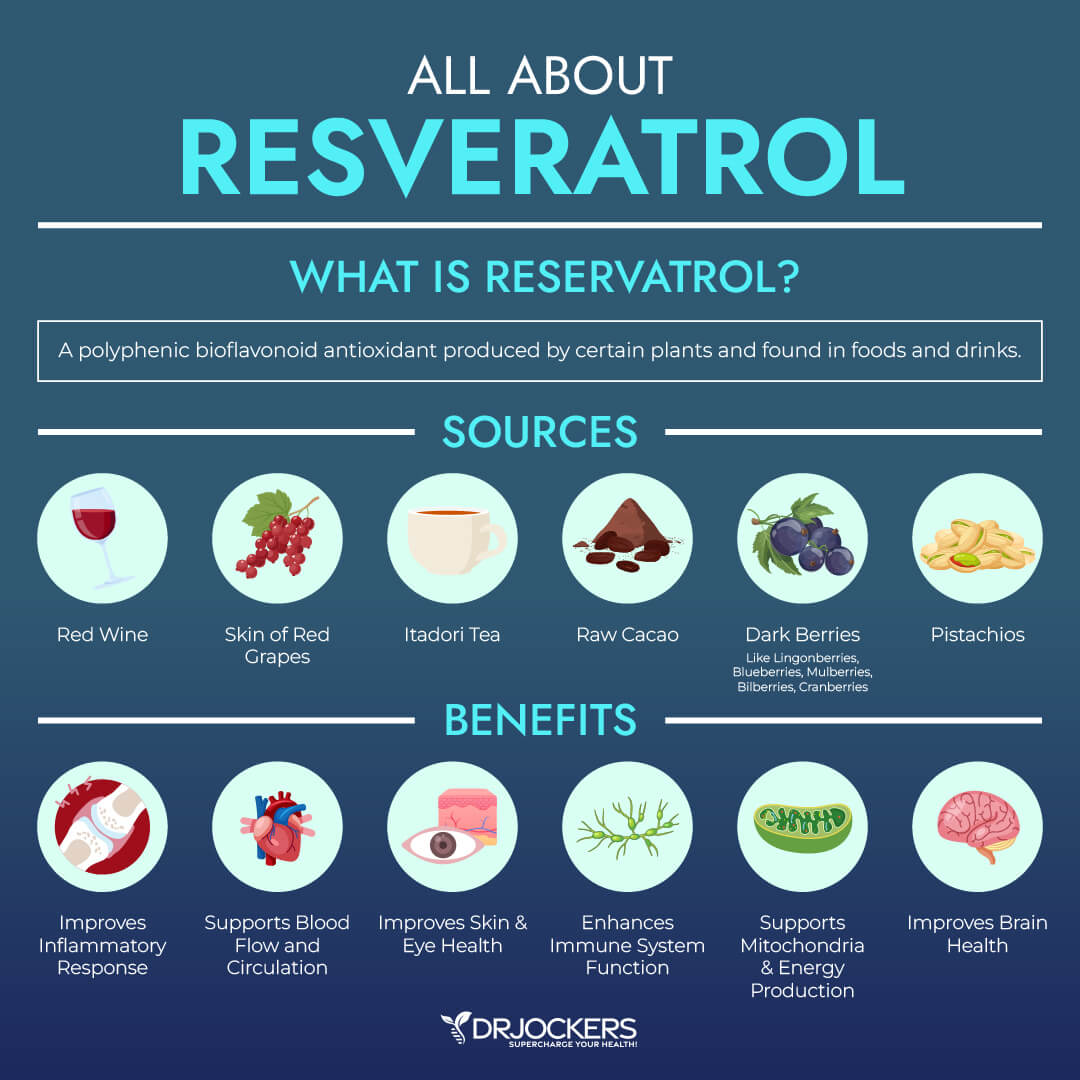
Quercetin
Quercetin is a flavonoid that can be found in vegetables and fruits, such as leafy greens, broccoli, tomatoes, and berries. It is rich in antioxidants, full of anti-inflammatory benefits, and can fight free-radical damage.
A 2016 study published in Nutrients has found that quercetin can help to reduce inflammation and improve immunity (49). I recommend supplementing with quercetin for lower inflammation, better immunity, and healthy aging.
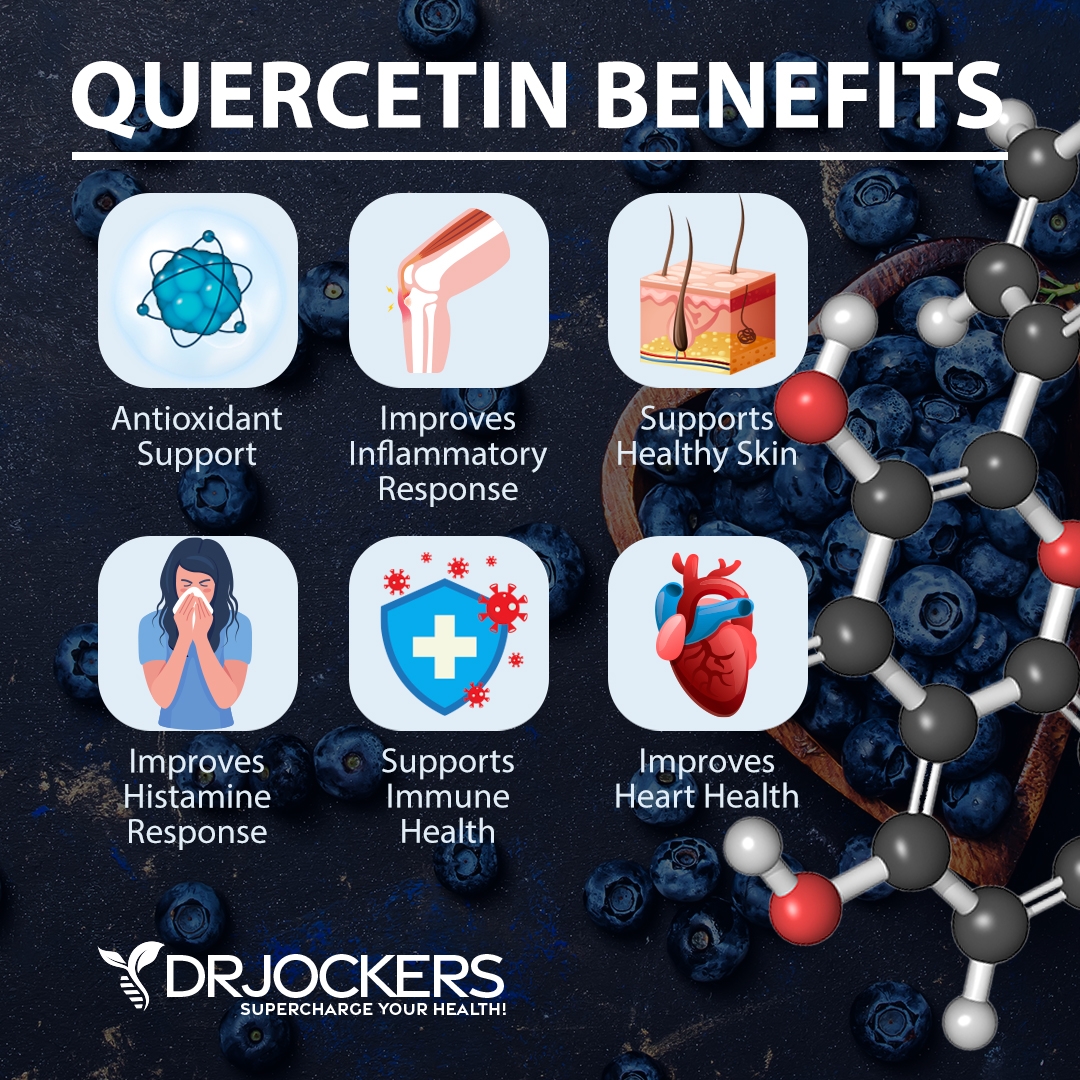
Inflam Defense
Inflam Defense™ is my favorite supplement to lower inflammation and to protect you from health issues that may result from inflammation. Inflam Defense™ is a powerful combination of anti-inflammatory herbs, such as curcumin, boswellia, ginger, and rosemary extract as well as nutrients from quercetin and rutin, and proteolytic enzymes.
I love recommending this supplement because it can help downregulate the inflammatory process. It can help you if you are dealing with the negative impact of acute or chronic inflammatory conditions. It is particularly important as you are aging because it can help to reduce joint pain, muscle aches, and symptoms of chronic inflammatory conditions that become increasingly prevalent in older people.
If you are looking to keep inflammation under control and have a healthy immune system, choose Inflam Defense™. Take one capsule twice a day away from meals or for advanced protection, take two or more capsules twice a day or as directed by your health care practitioner.
Final Thoughts
Aging is a normal part of life. Aging poorly is not. As we age, we all go through changes. You don’t have to experience fatigue, joint pain, forgetfulness, brain fog, bone loss, weight gain, hearing loss, and other issues as part of your aging process.
With the help of a healthy diet and lifestyle, proper supplementation, and other natural strategies, you can reduce signs of aging poorly. I recommend that you follow my top strategies for healthy aging for the older population to stay active, energetic, healthy, and happy as you get older. Be sure to save and share with your aging friends and family members and support them in achieving a healthy and active life even in old age.
If you want to work with a functional health coach, I recommend this article with tips on how to find a great coach. We do offer long-distance functional health coaching programs. For further support with your health goals, just reach out and our fantastic coaches are here to support your journey.
Inflammation Crushing Ebundle
The Inflammation Crushing Ebundle is designed to help you improve your brain, liver, immune system and discover the healing strategies, foods and recipes to burn fat, reduce inflammation and Thrive in Life!
As a doctor of natural medicine, I have spent the past 20 years studying the best healing strategies and worked with hundreds of coaching clients, helping them overcome chronic health conditions and optimize their overall health.
In our Inflammation Crushing Ebundle, I have put together my very best strategies to reduce inflammation and optimize your healing potential. Take a look at what you will get inside these valuable guides below!
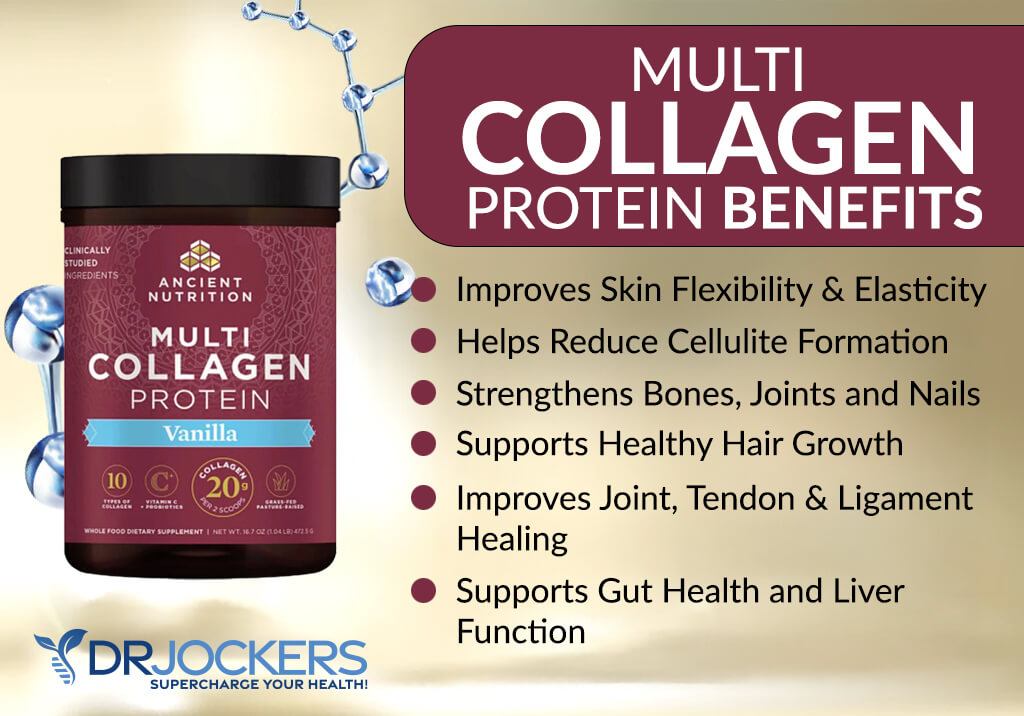



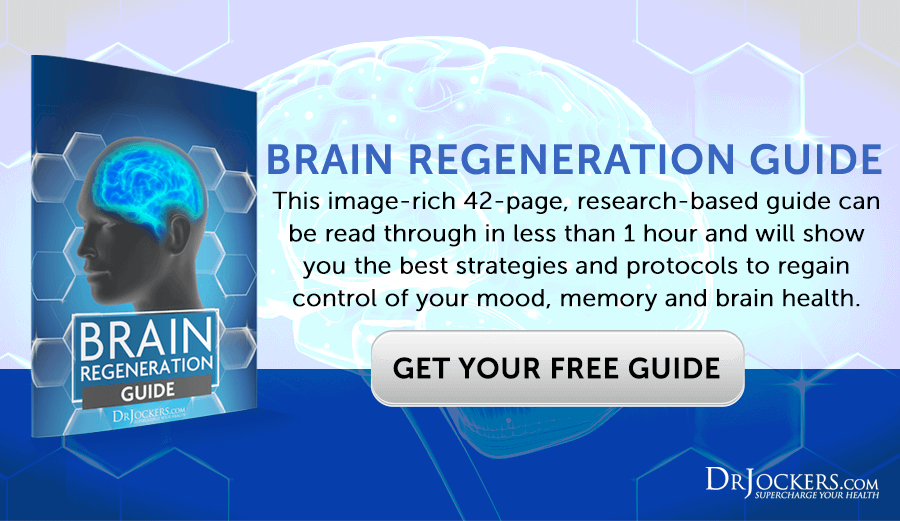


Thanks
Great article. You. might want to mention PQQ in as a mitochondrial health supplement.
Yes that can be very helpful!! Thanks for sharing!
But recall that quercetin is not water soluble, so take a liposomal version of it, or take with bromelain.
Thank You sooooooo much for your detailed information you put into your website! This is appreciated very much. God Bless you and Keep you and all who work with you to put forth such a wonderful website!!!
Thank you Laura! Blessings to you!
Very interesting reading. But as a remark, concerning vitamin D3 + K2, I would write at least 5,000 IU for the D3. After 13 years with backpain after walking 50 meter, and and no help from the doctors, then after reading books about D/D3, I started on 10,000 IU – now on 5,000 – and after just 1 week, I nearly got back to as before, and daily walk for 50 minutes.
And concerning vitamin B12 (and B6 + B9) we know that when we get to the age of 60, then around 50% are low in B12, and thereby some misdiagnosed as hit by Alzheimer’s, Parkinson’s, or parallel nerve diseases with especially walking balance problems.
Yes this is an important consideration! https://drjockers.com/longevity-supplements/